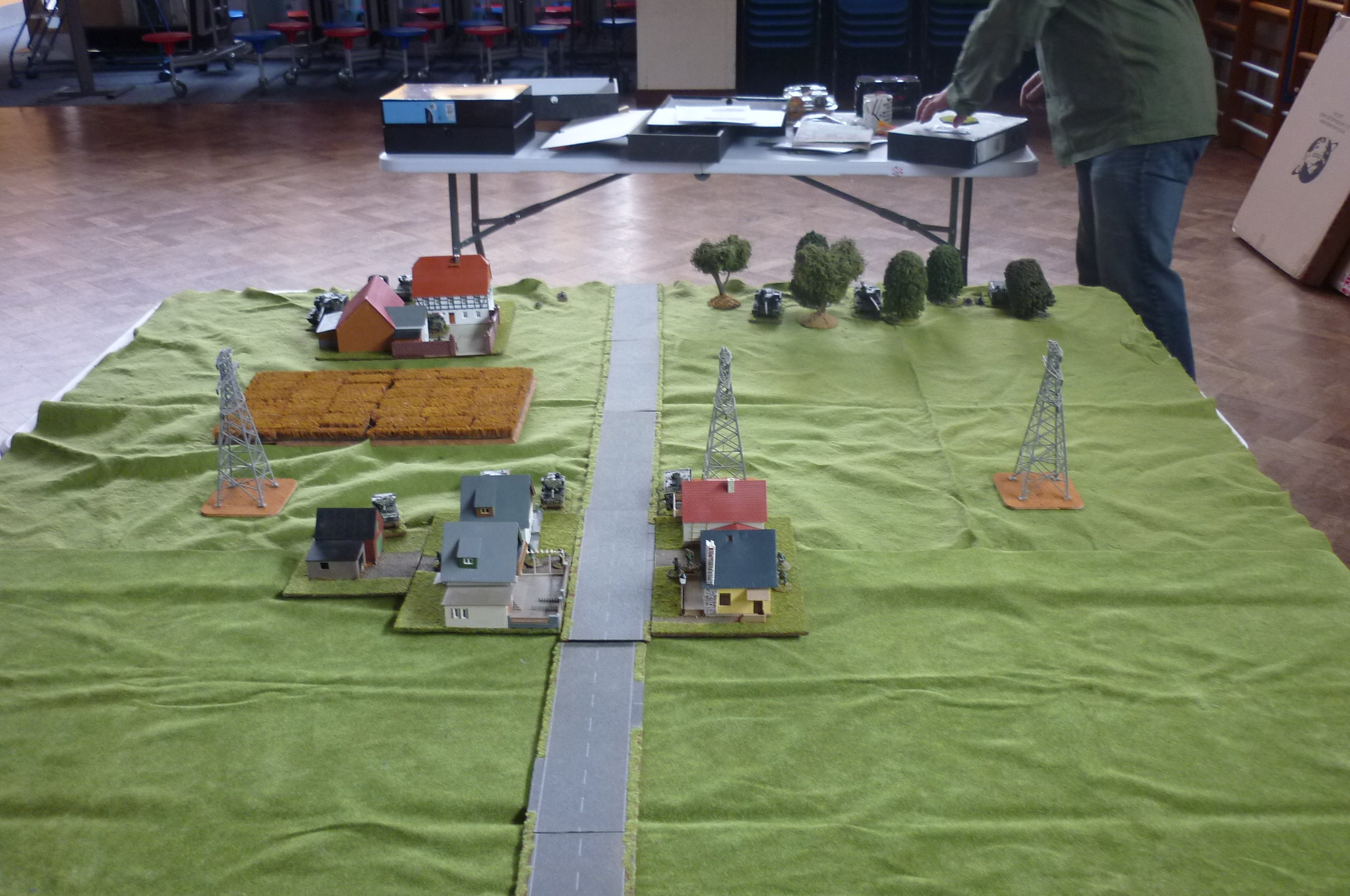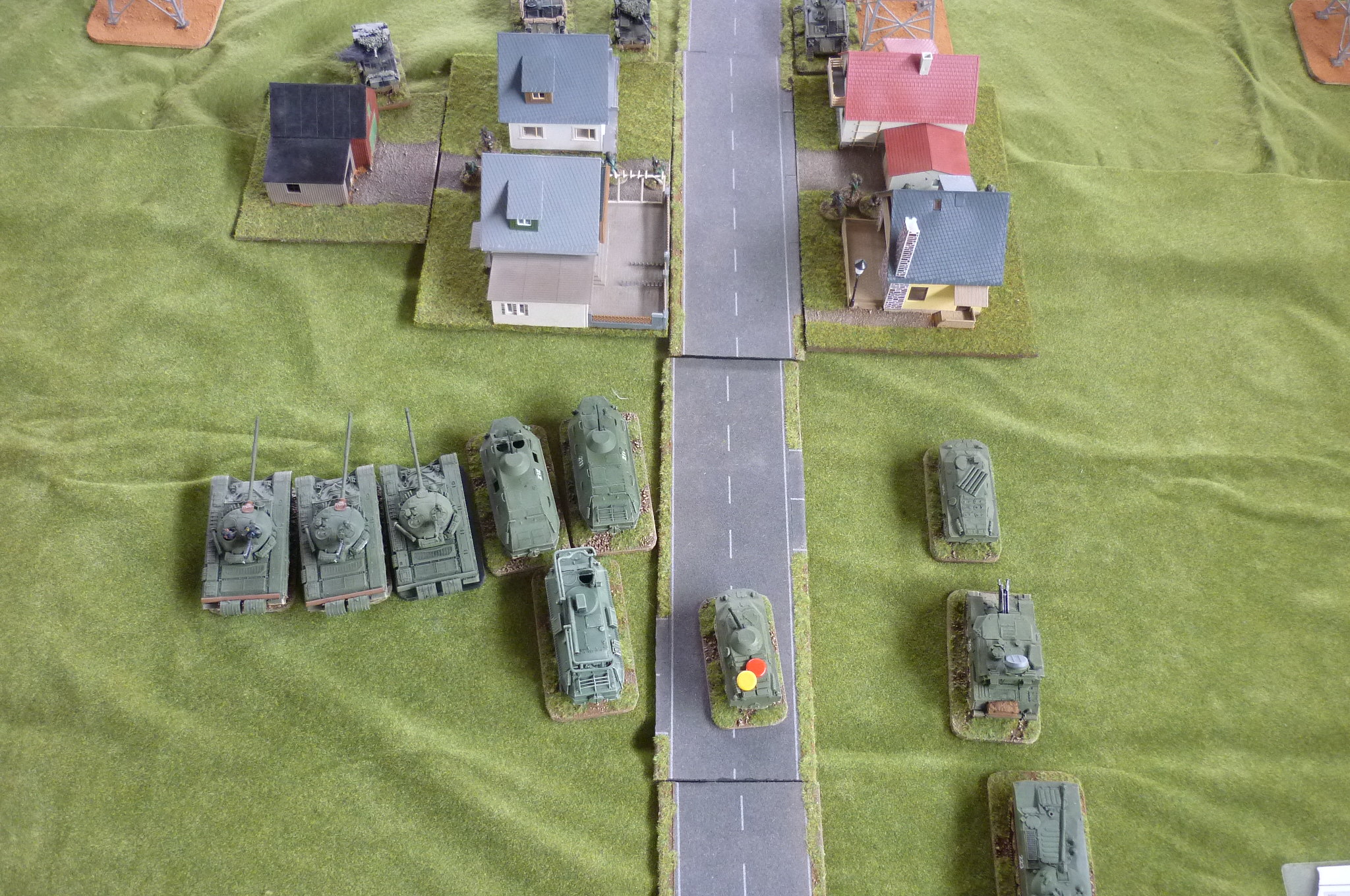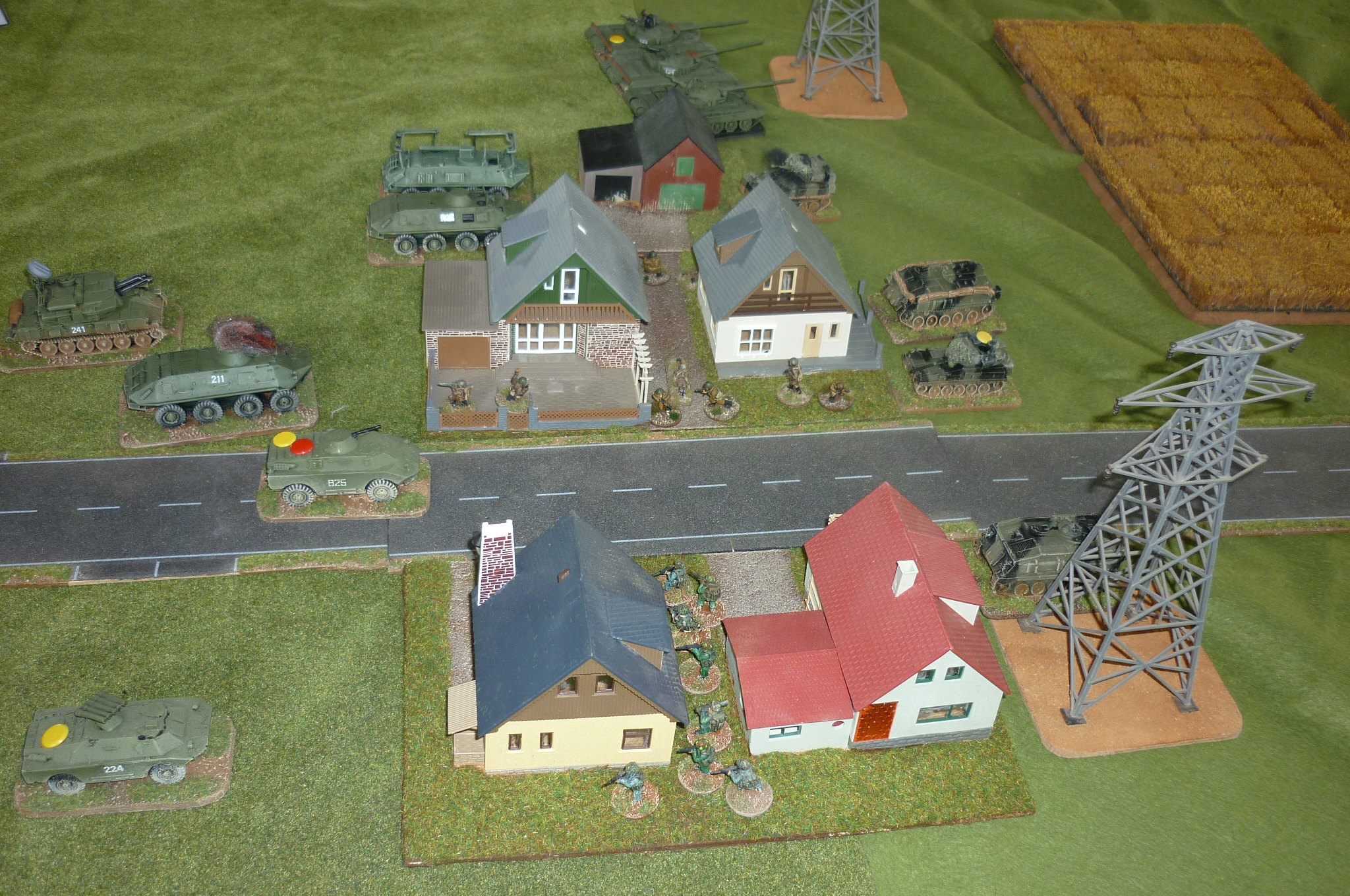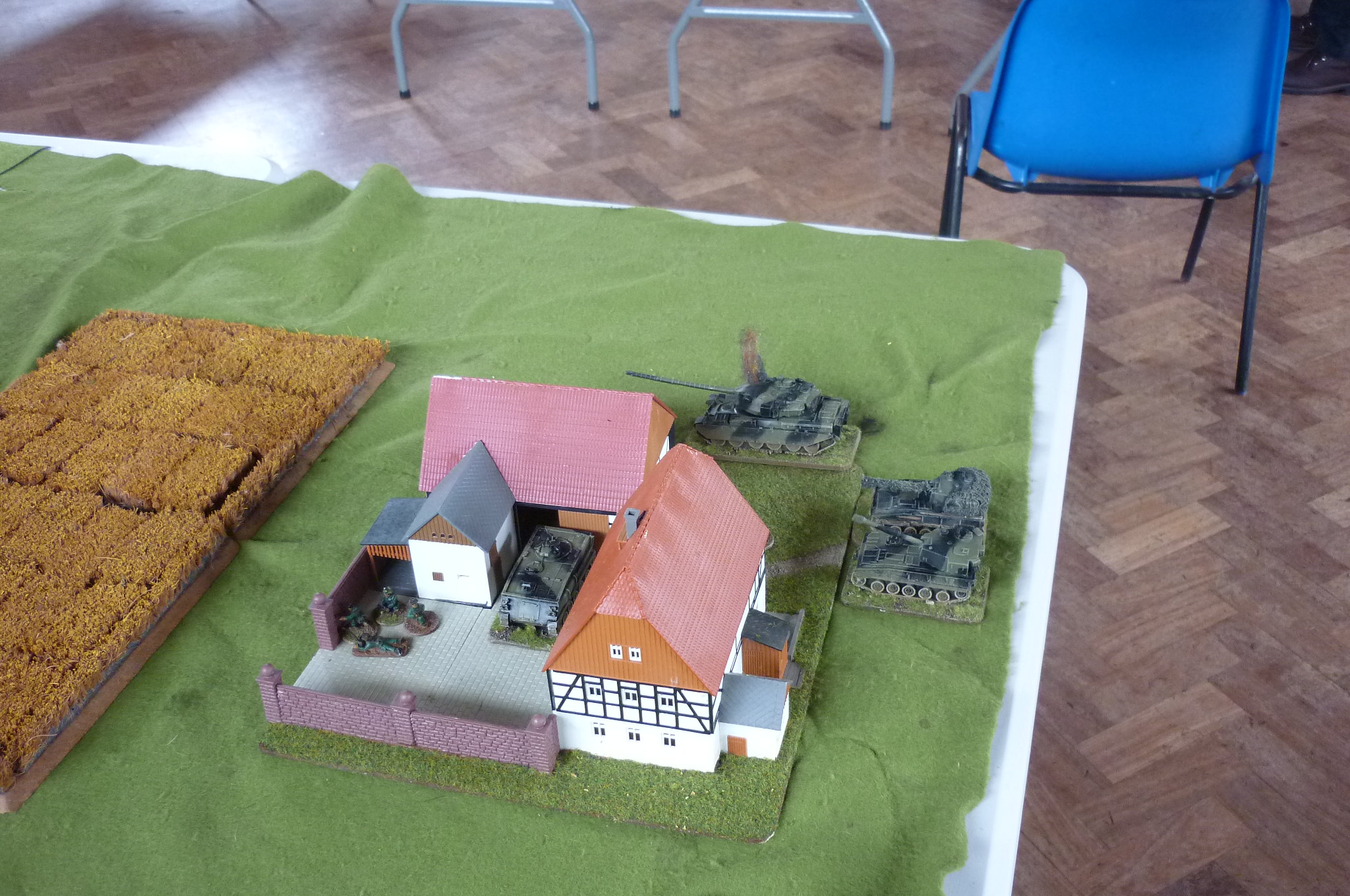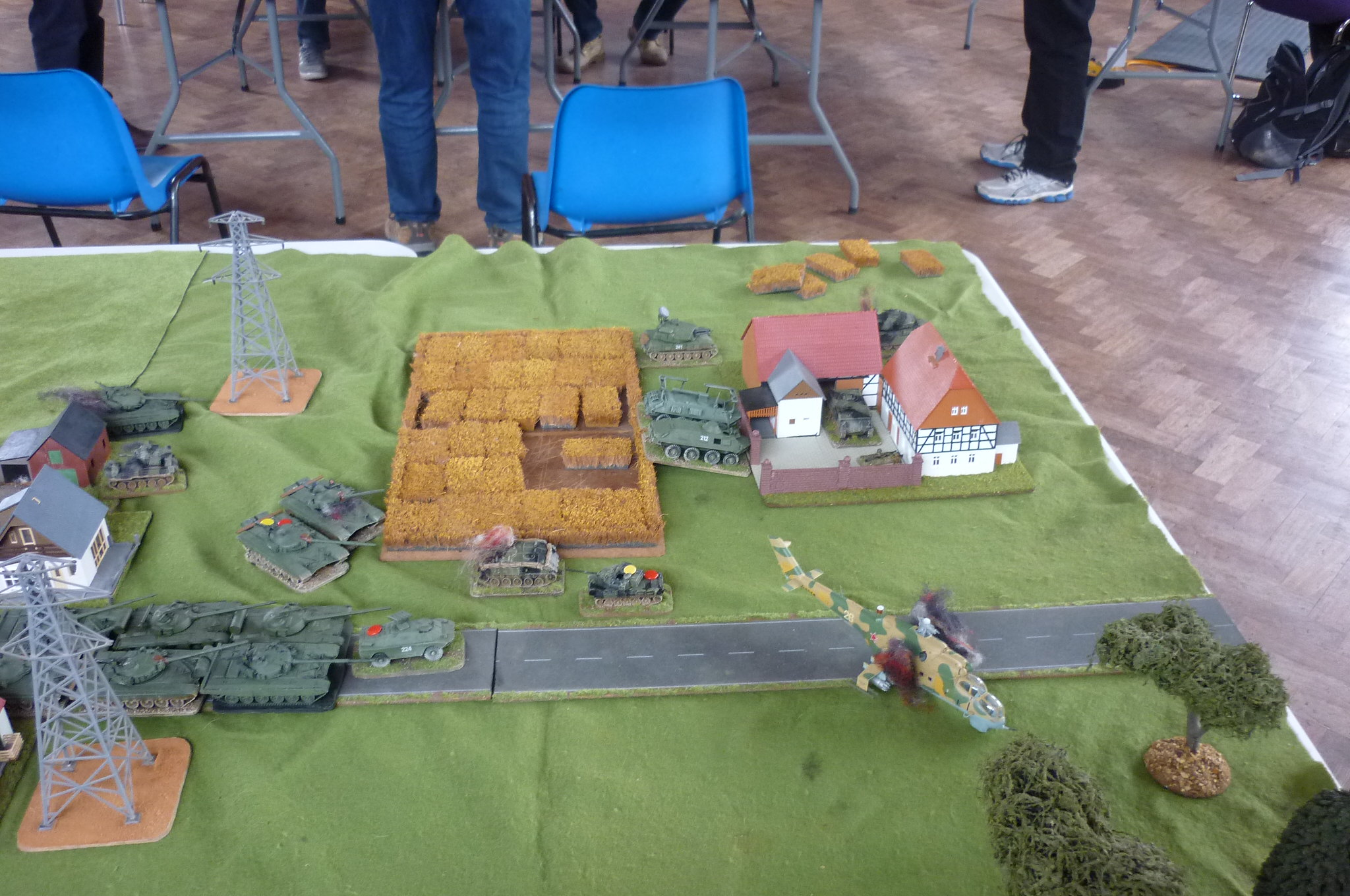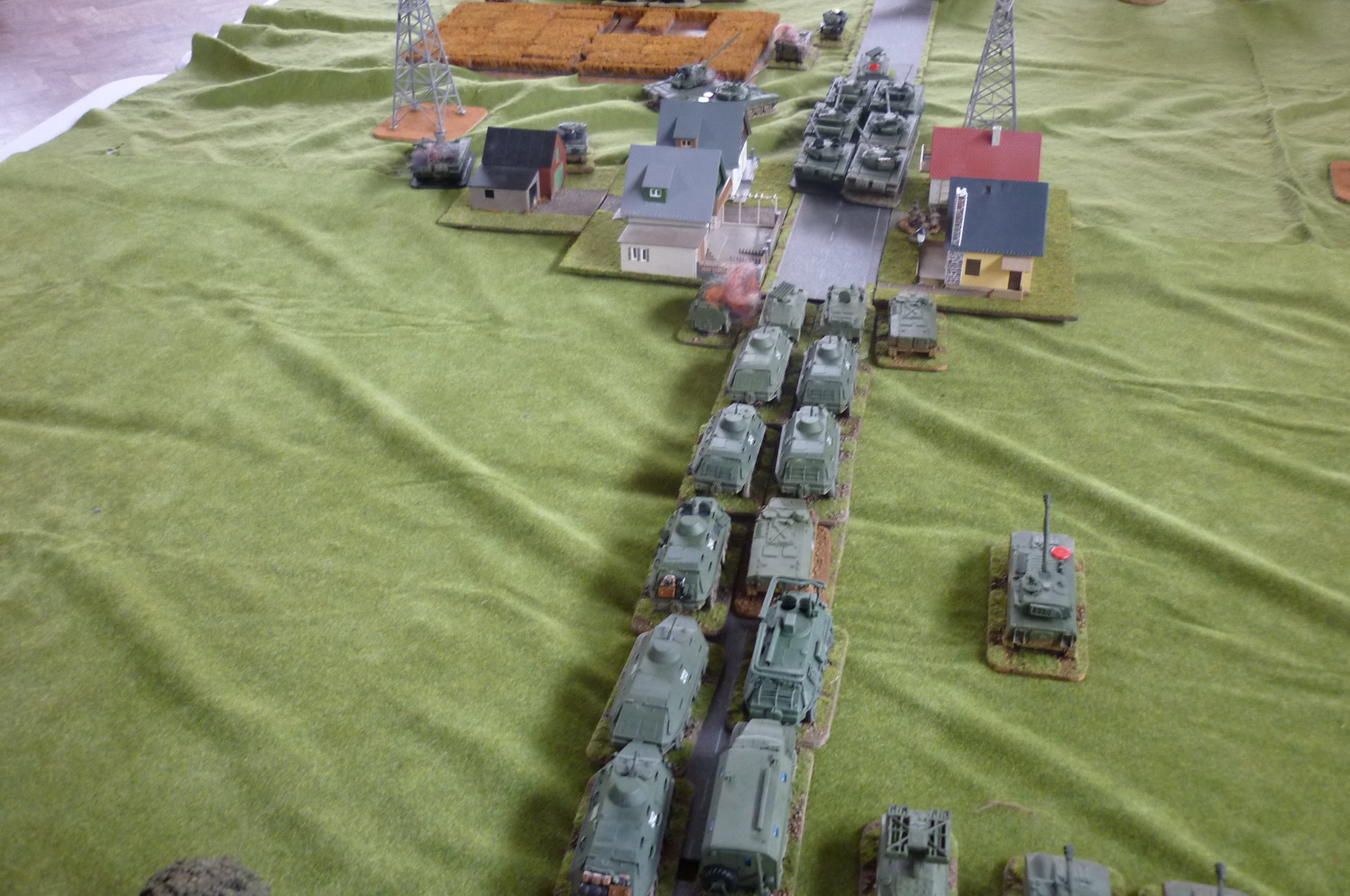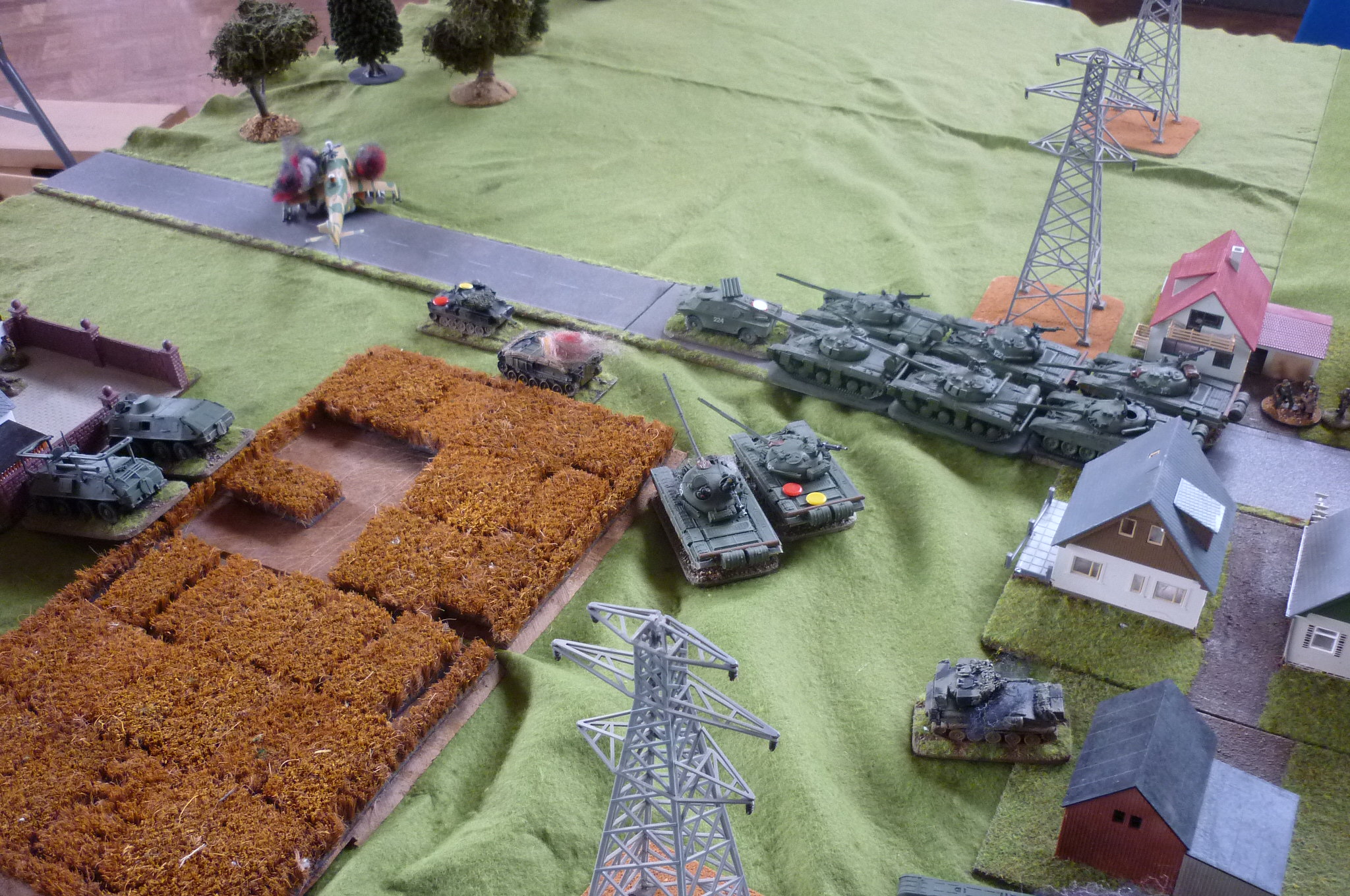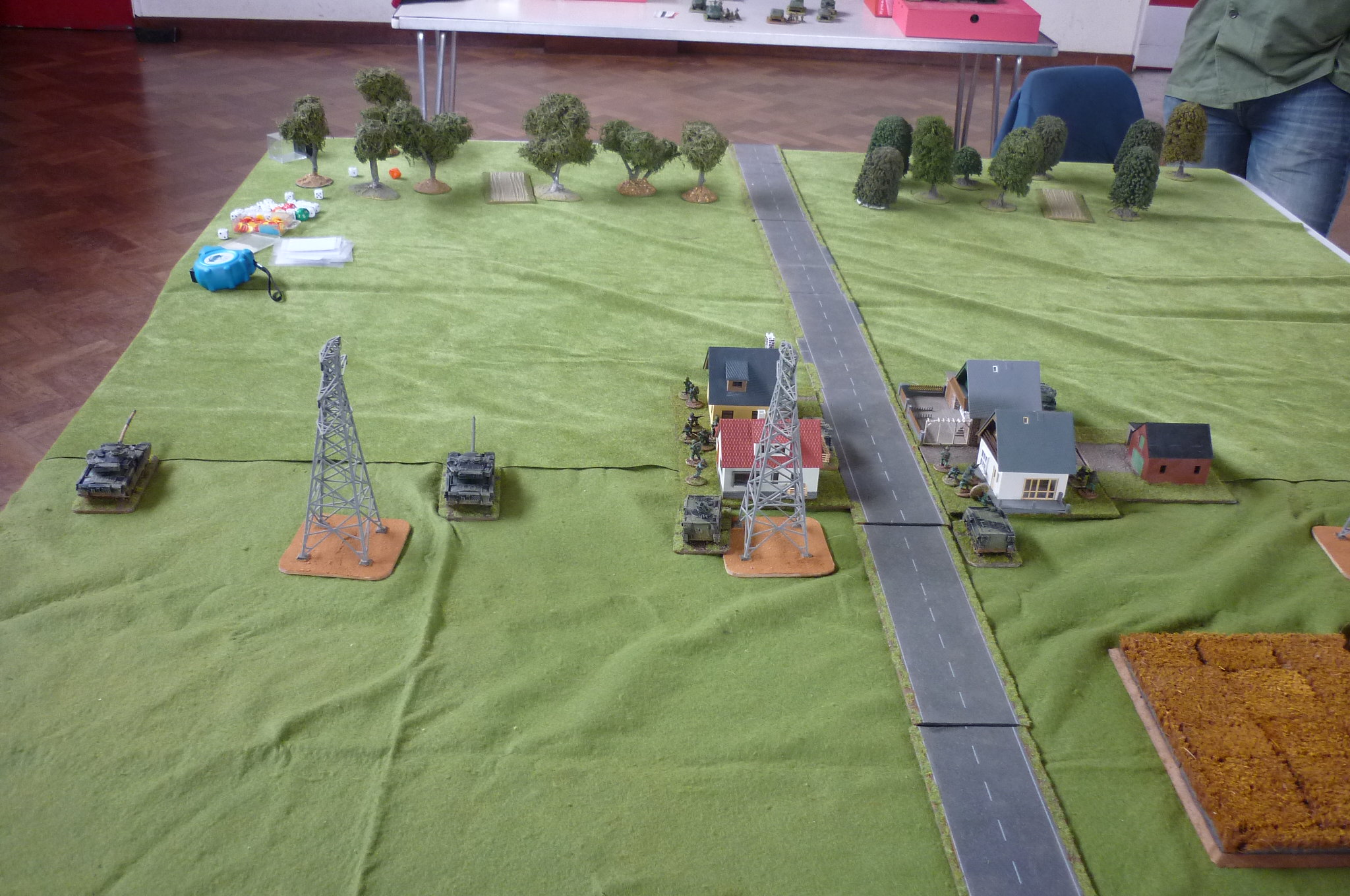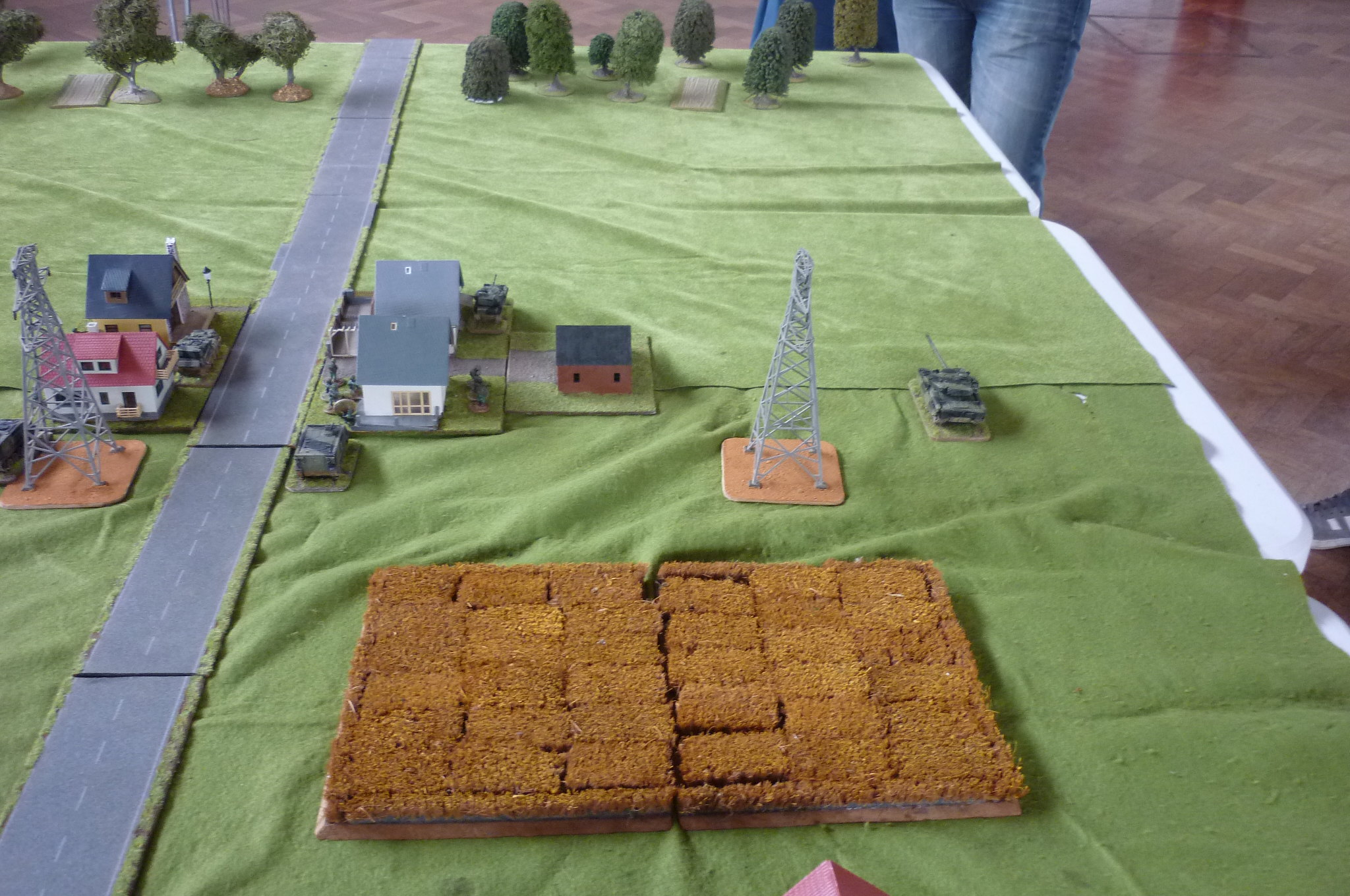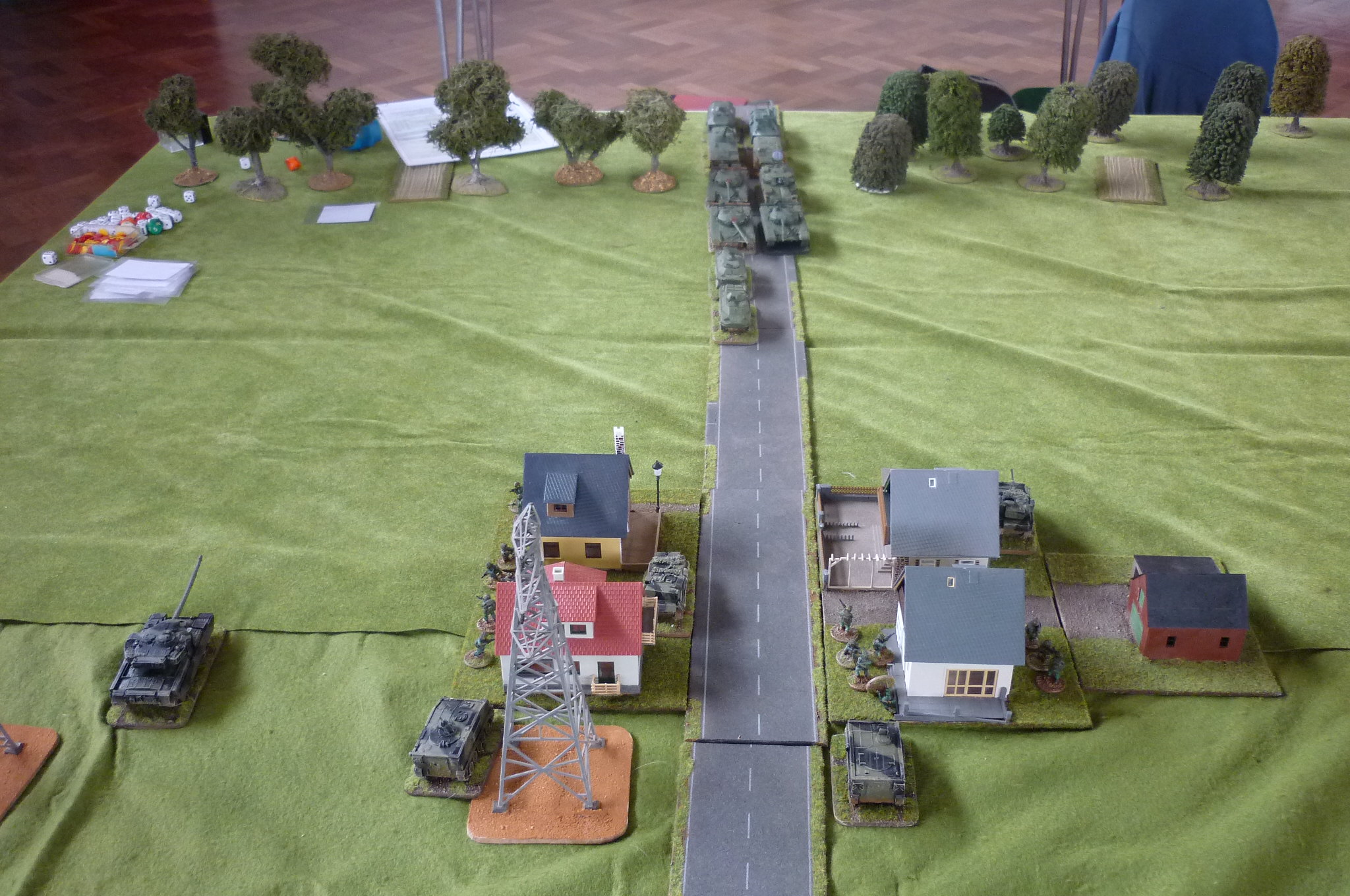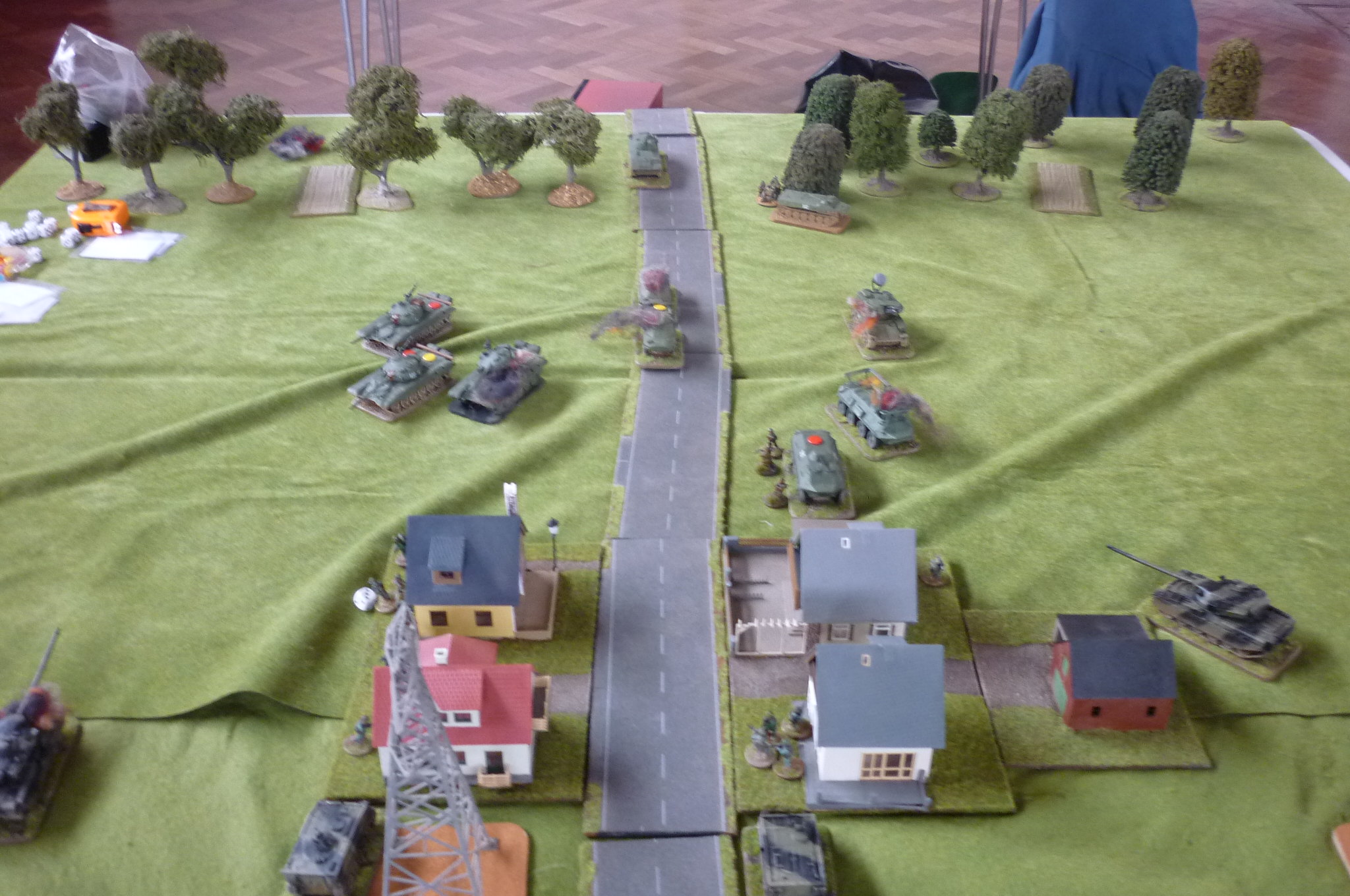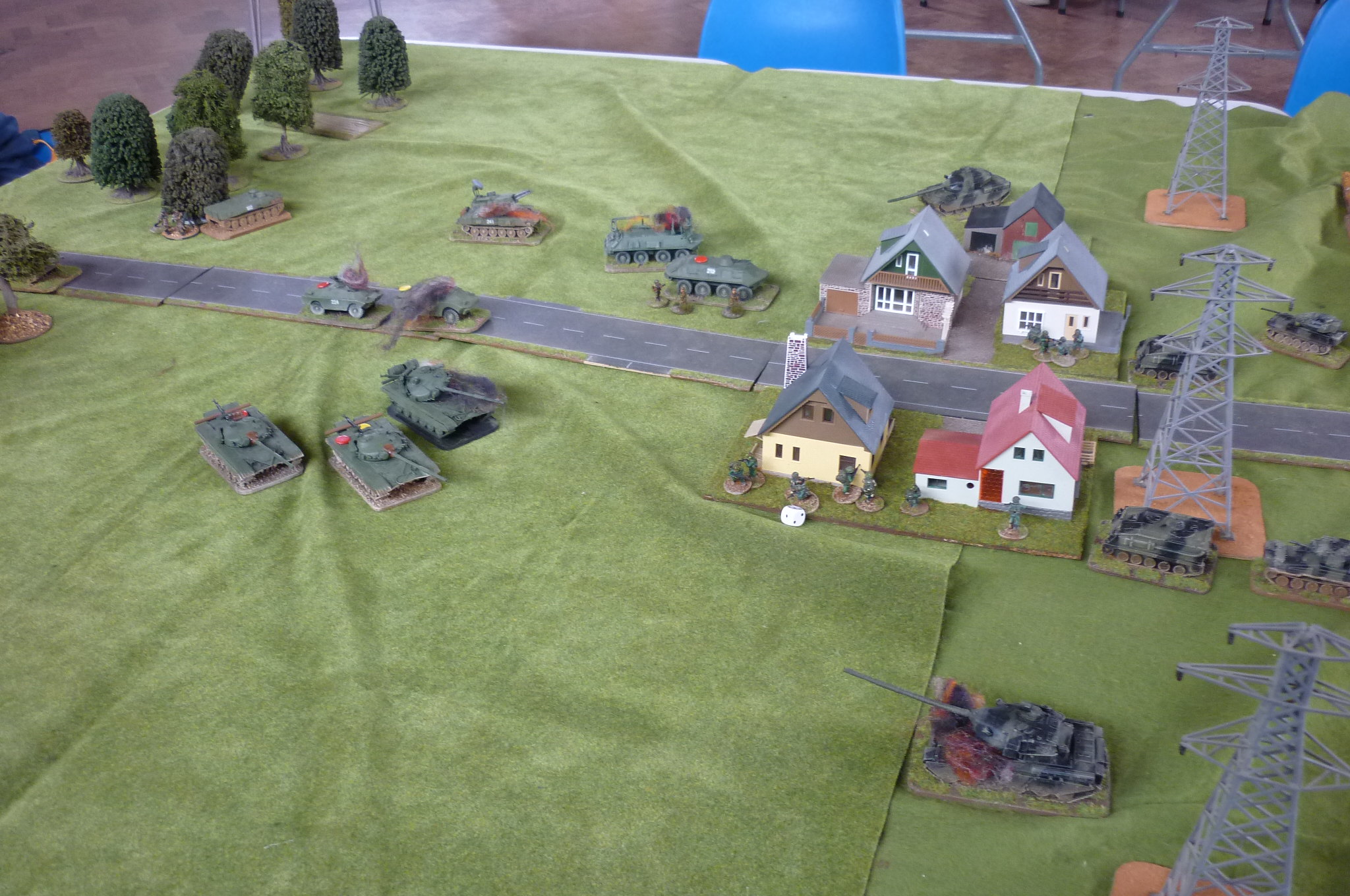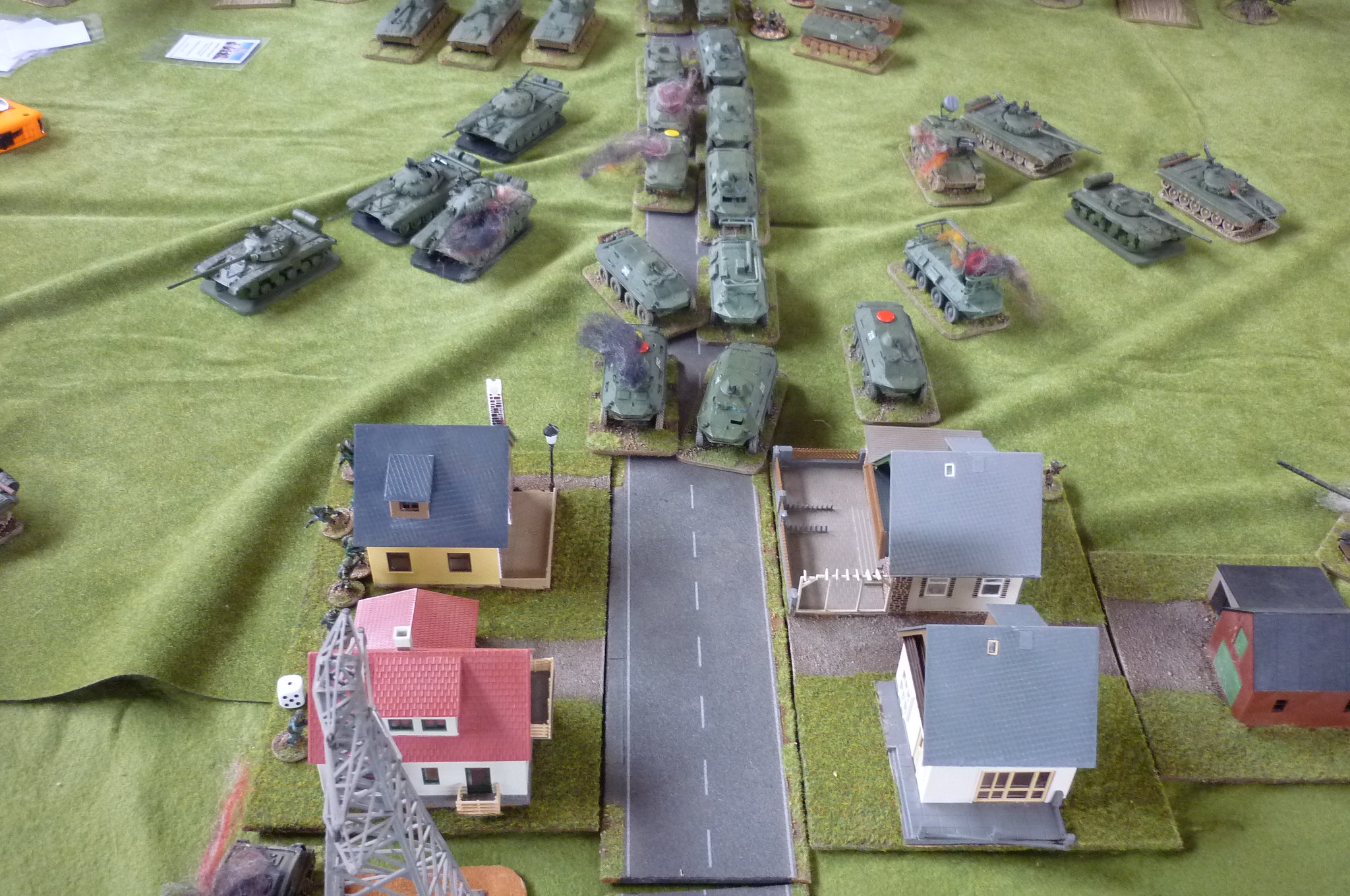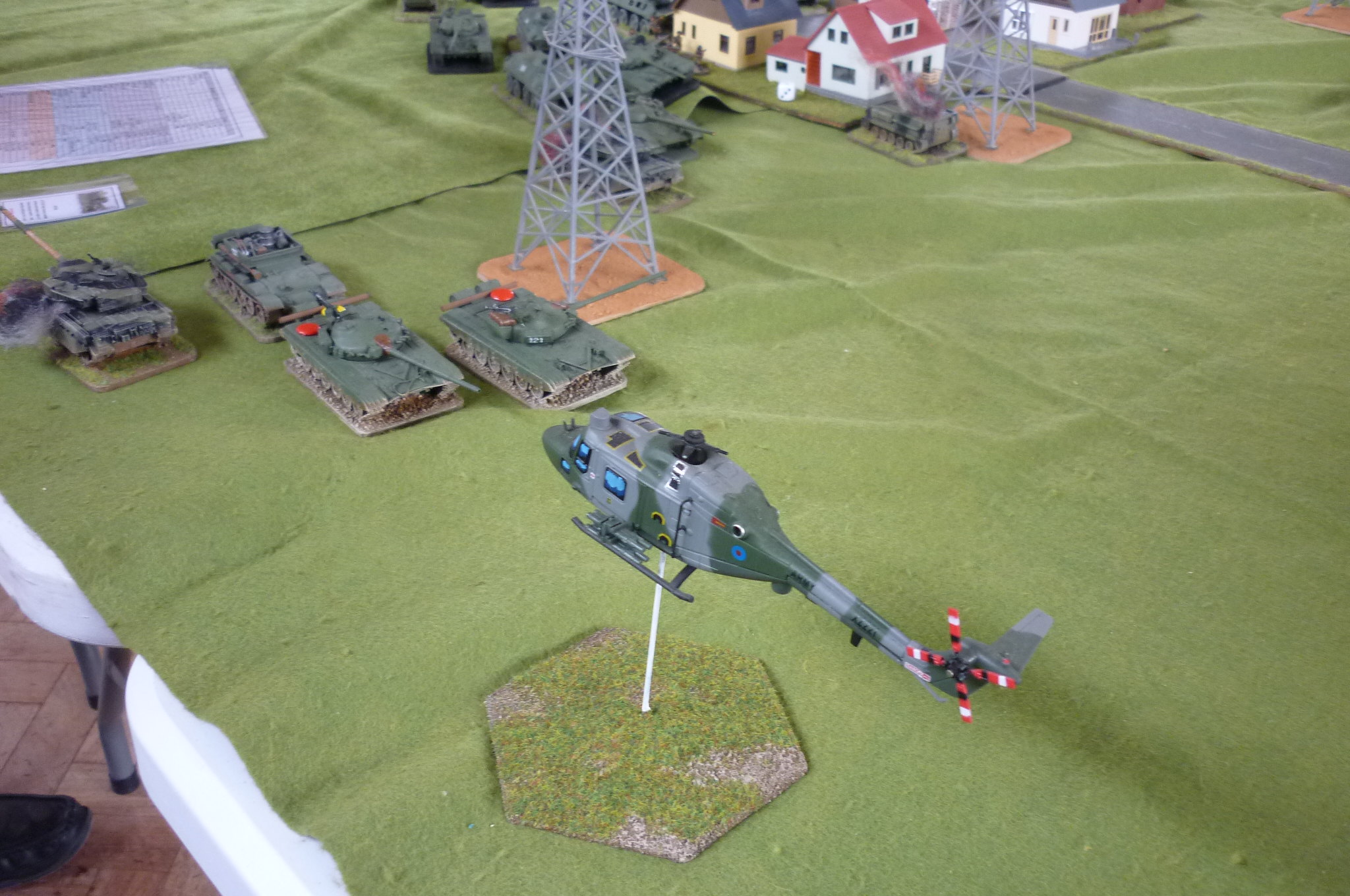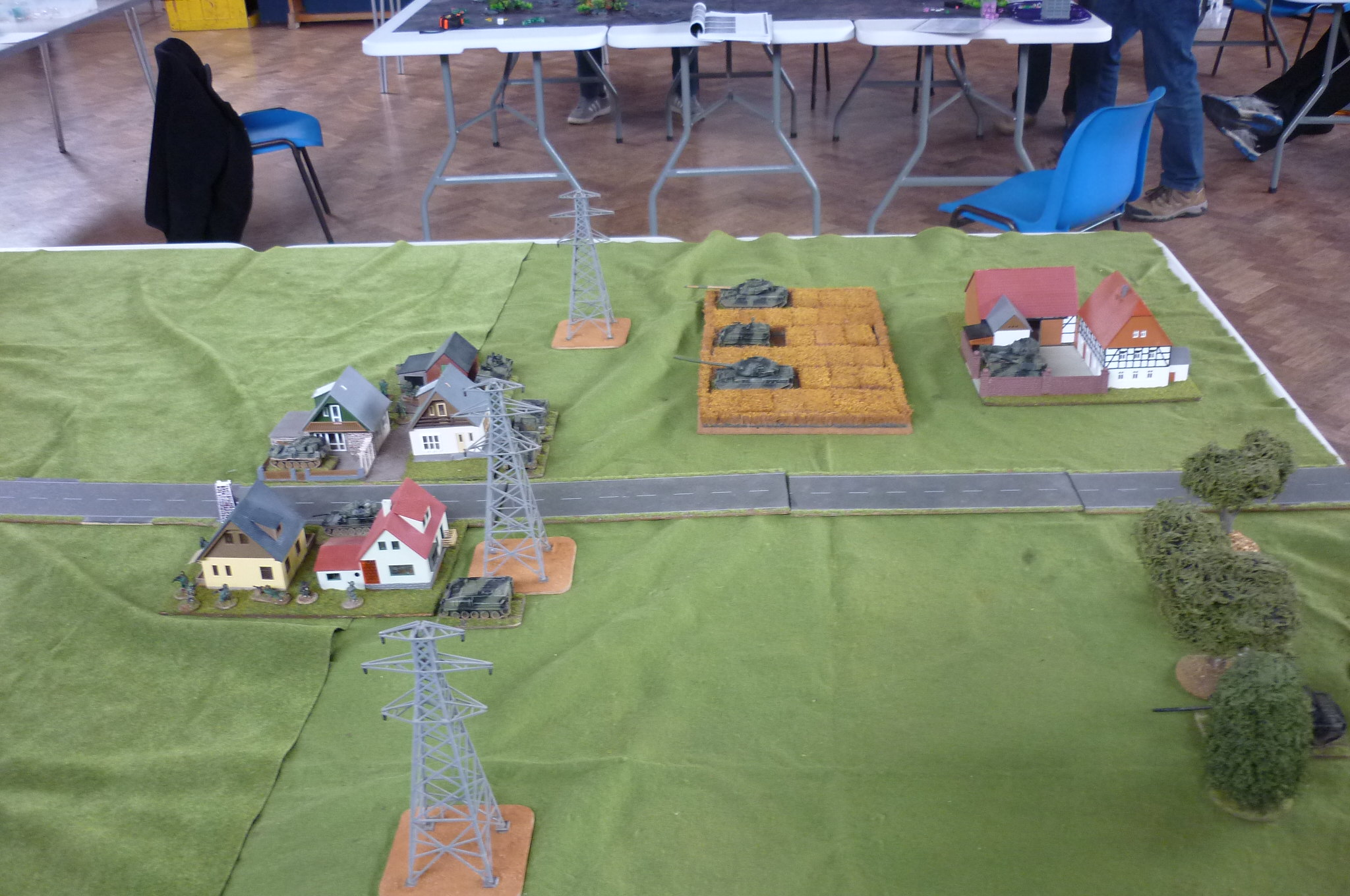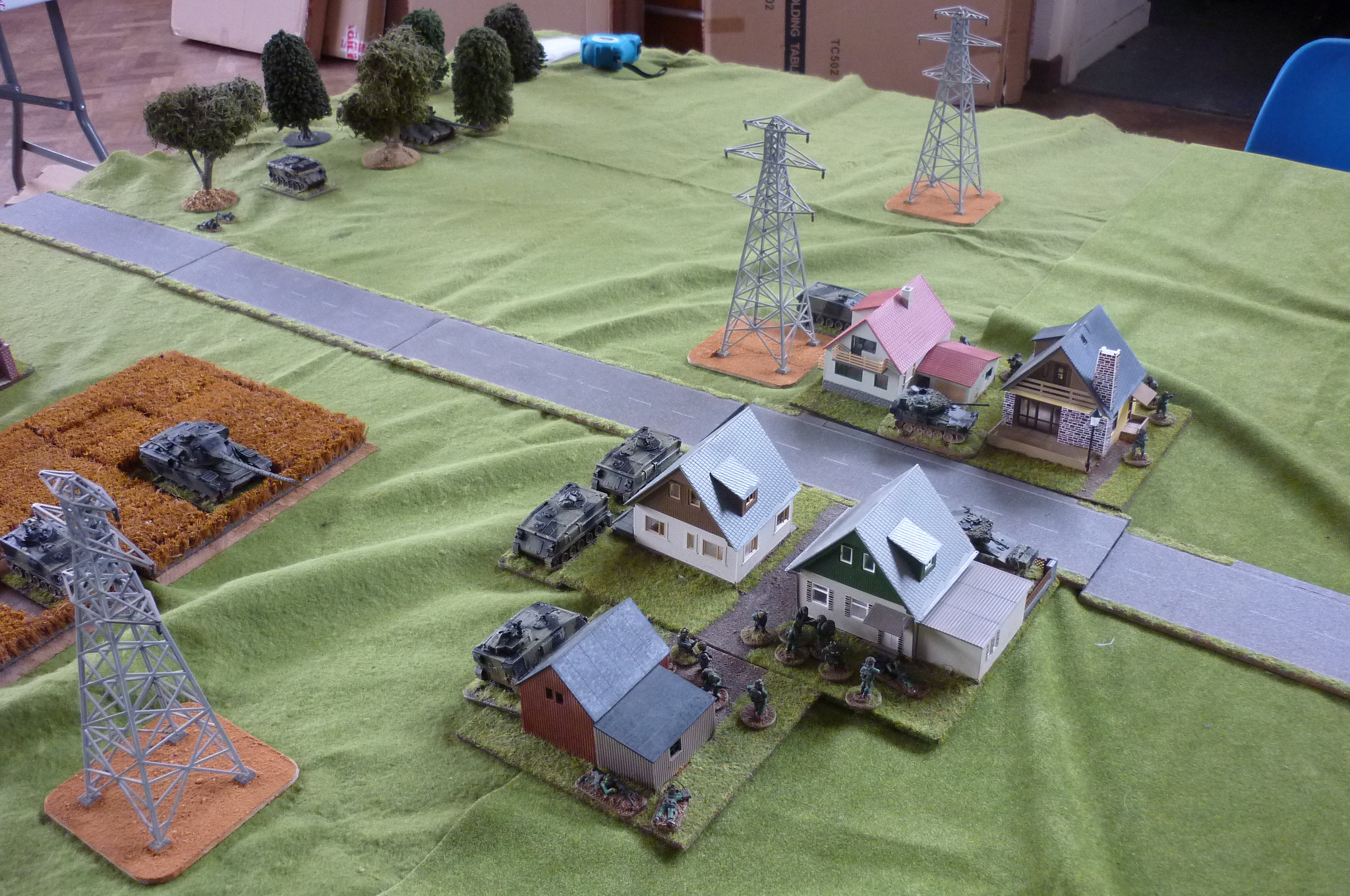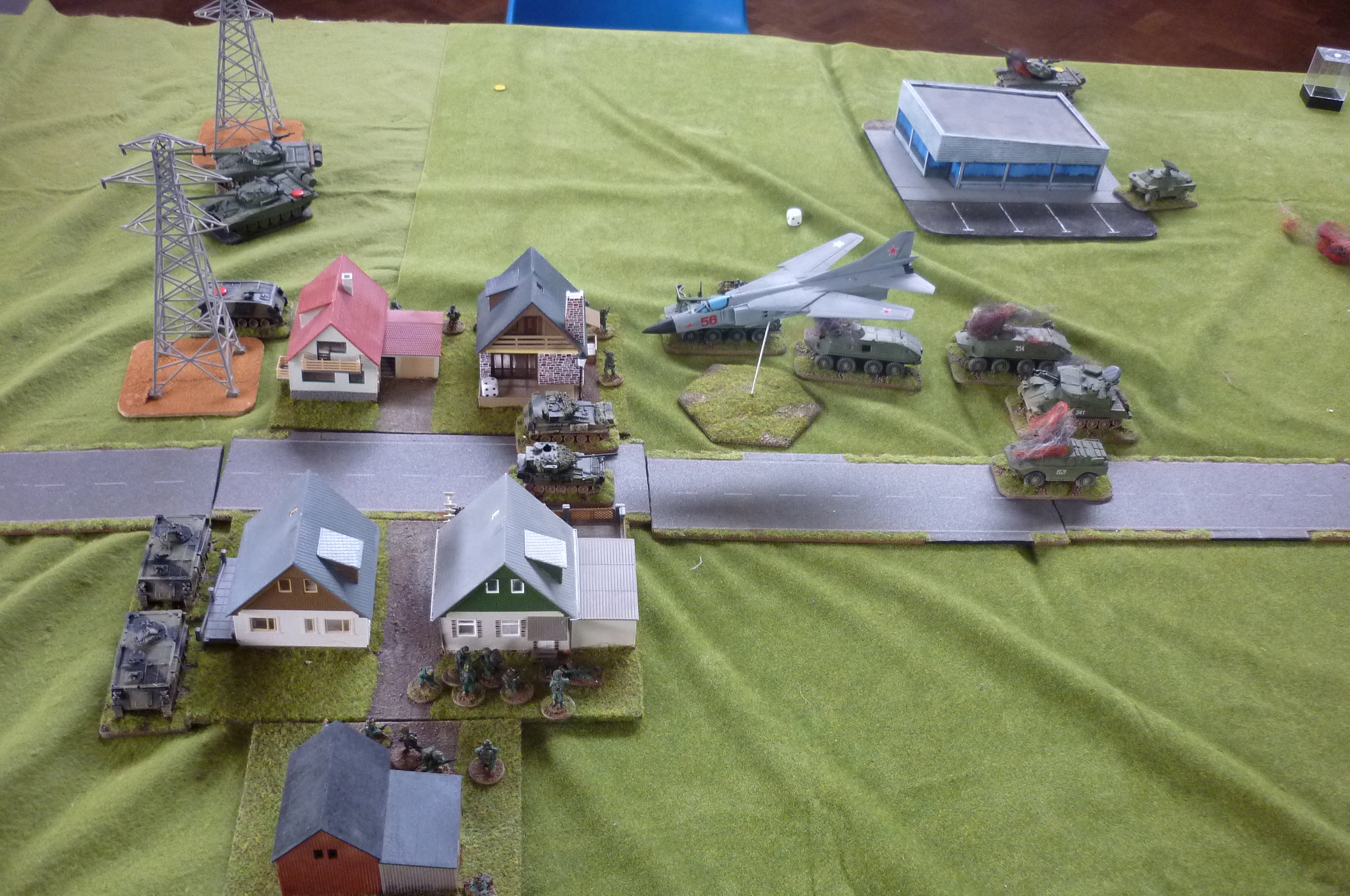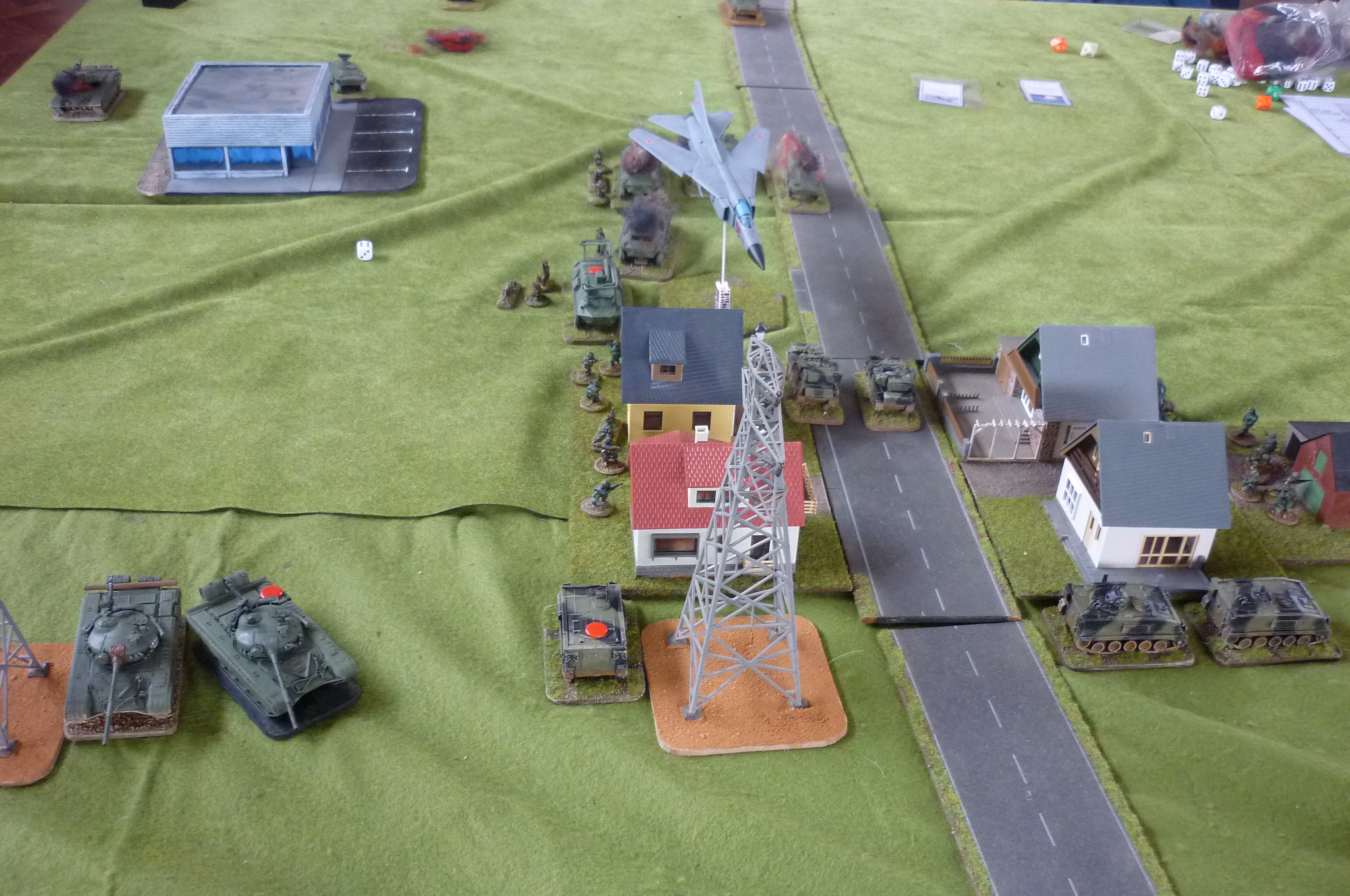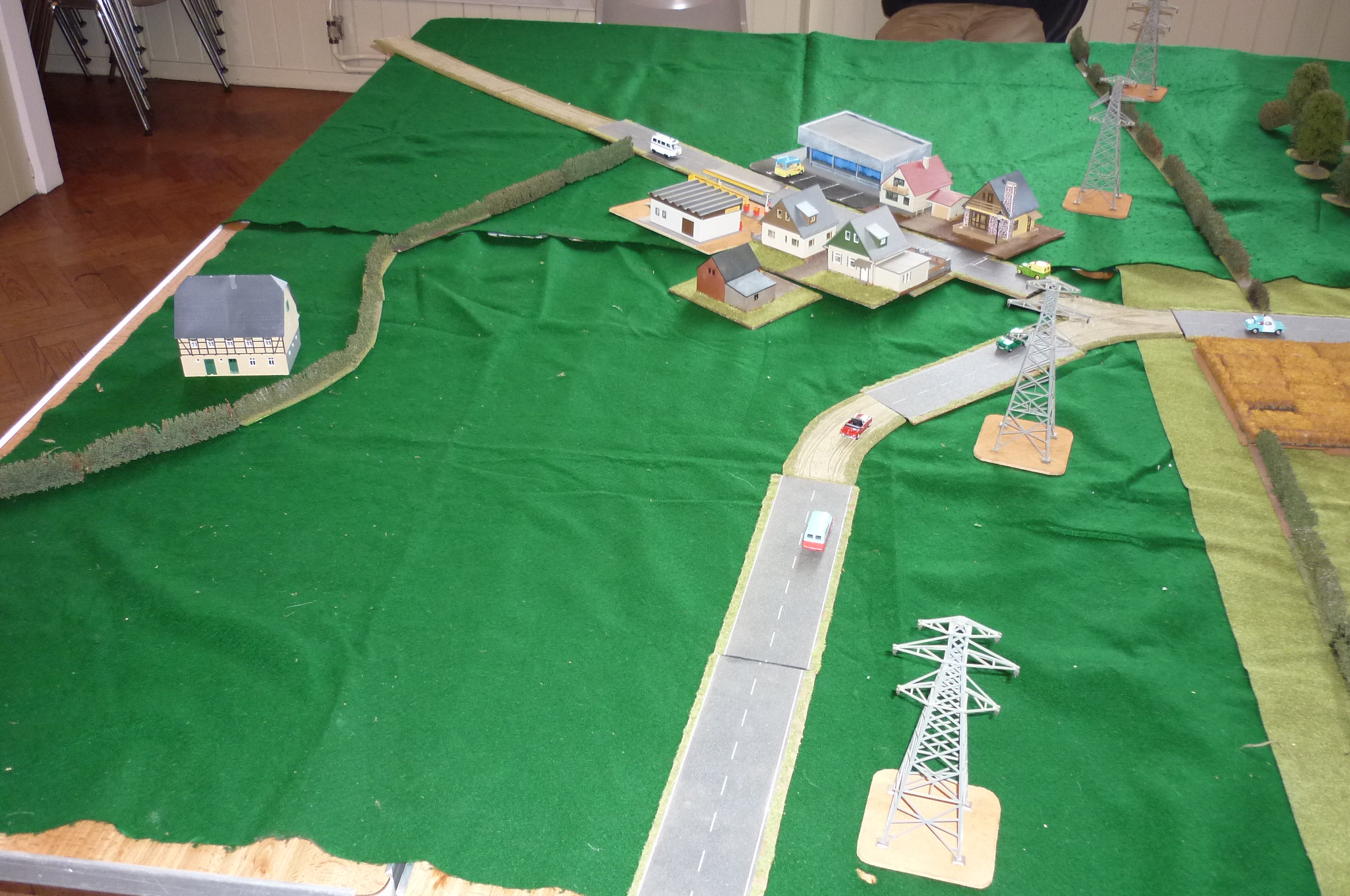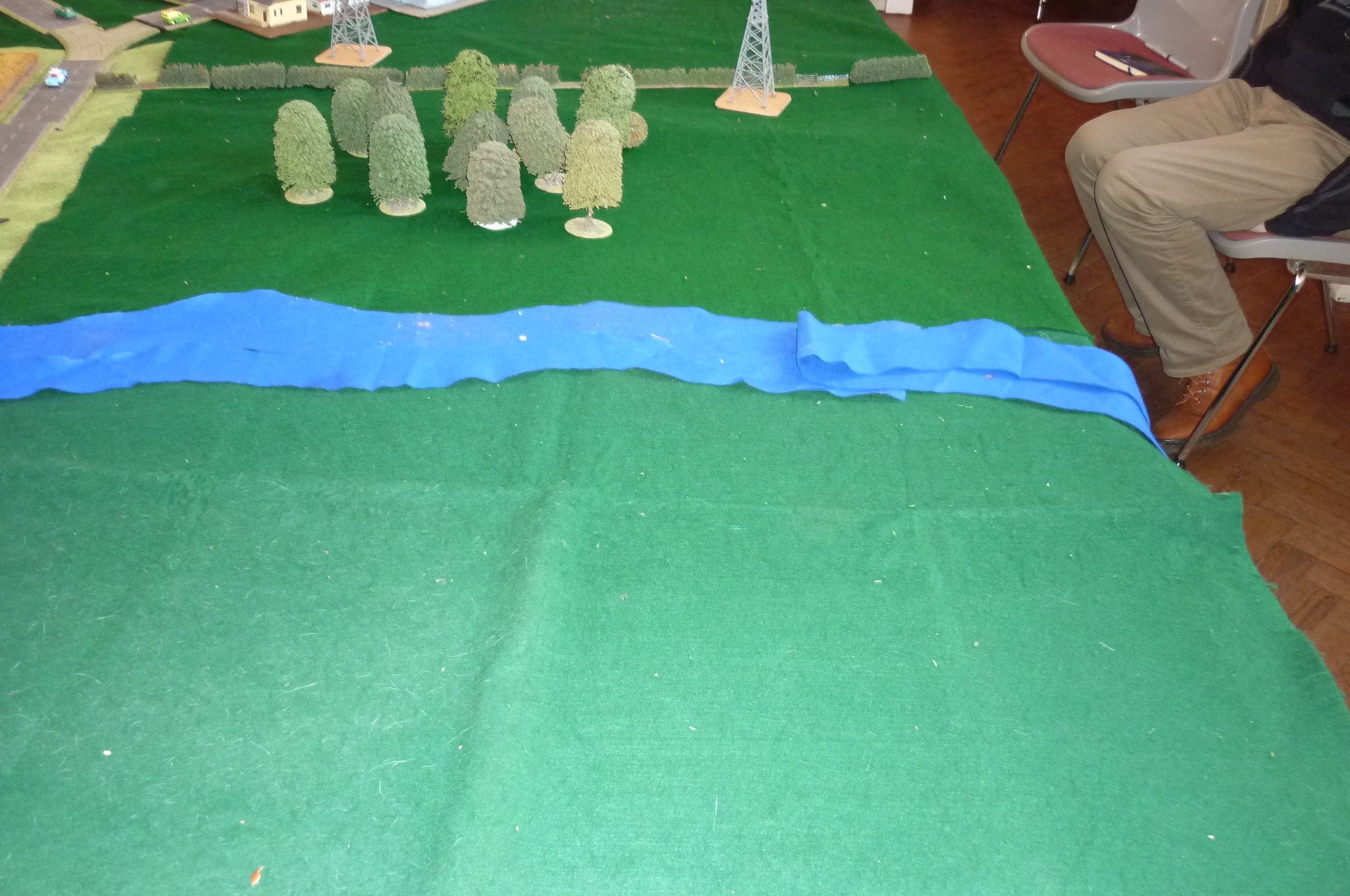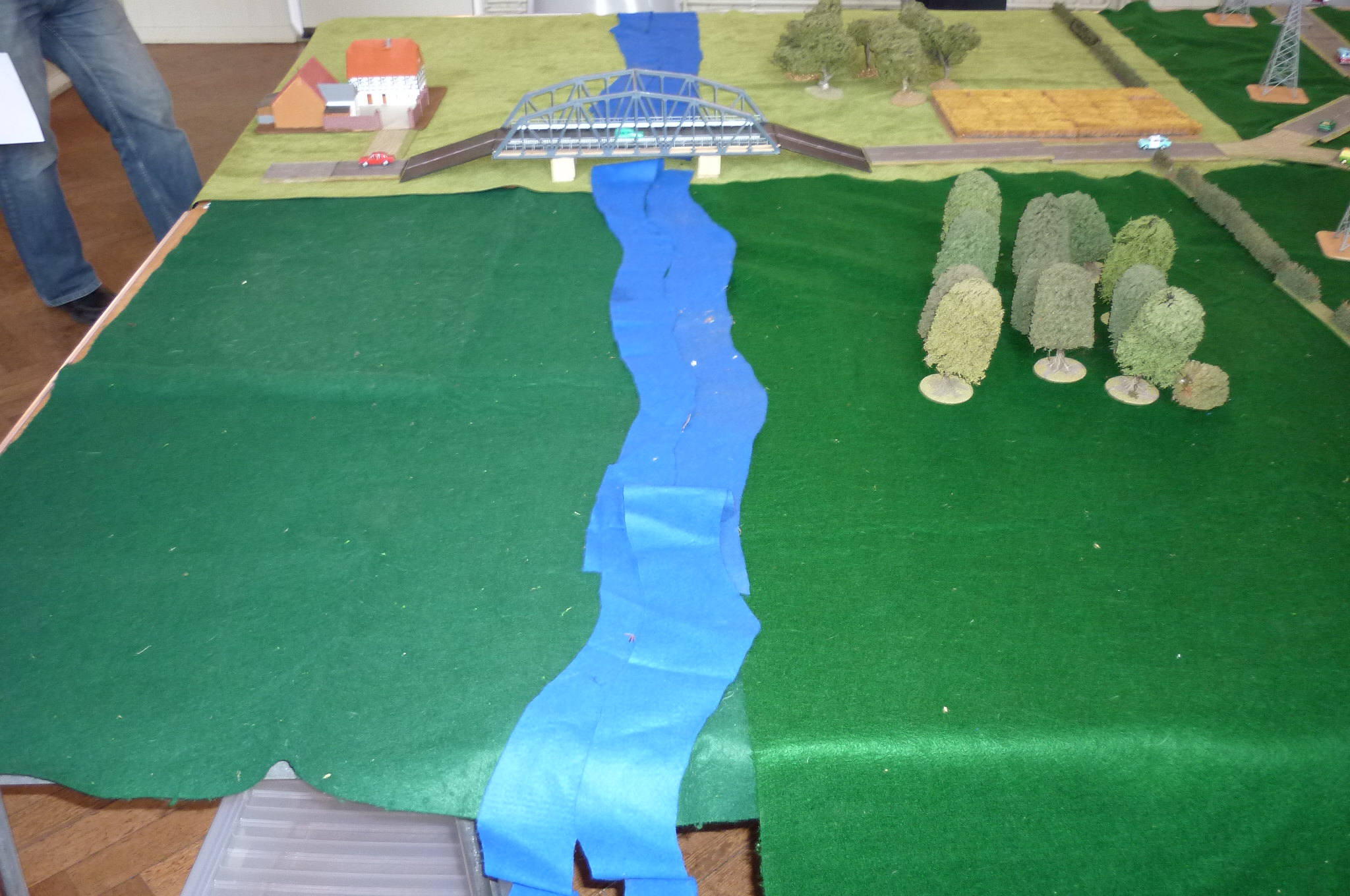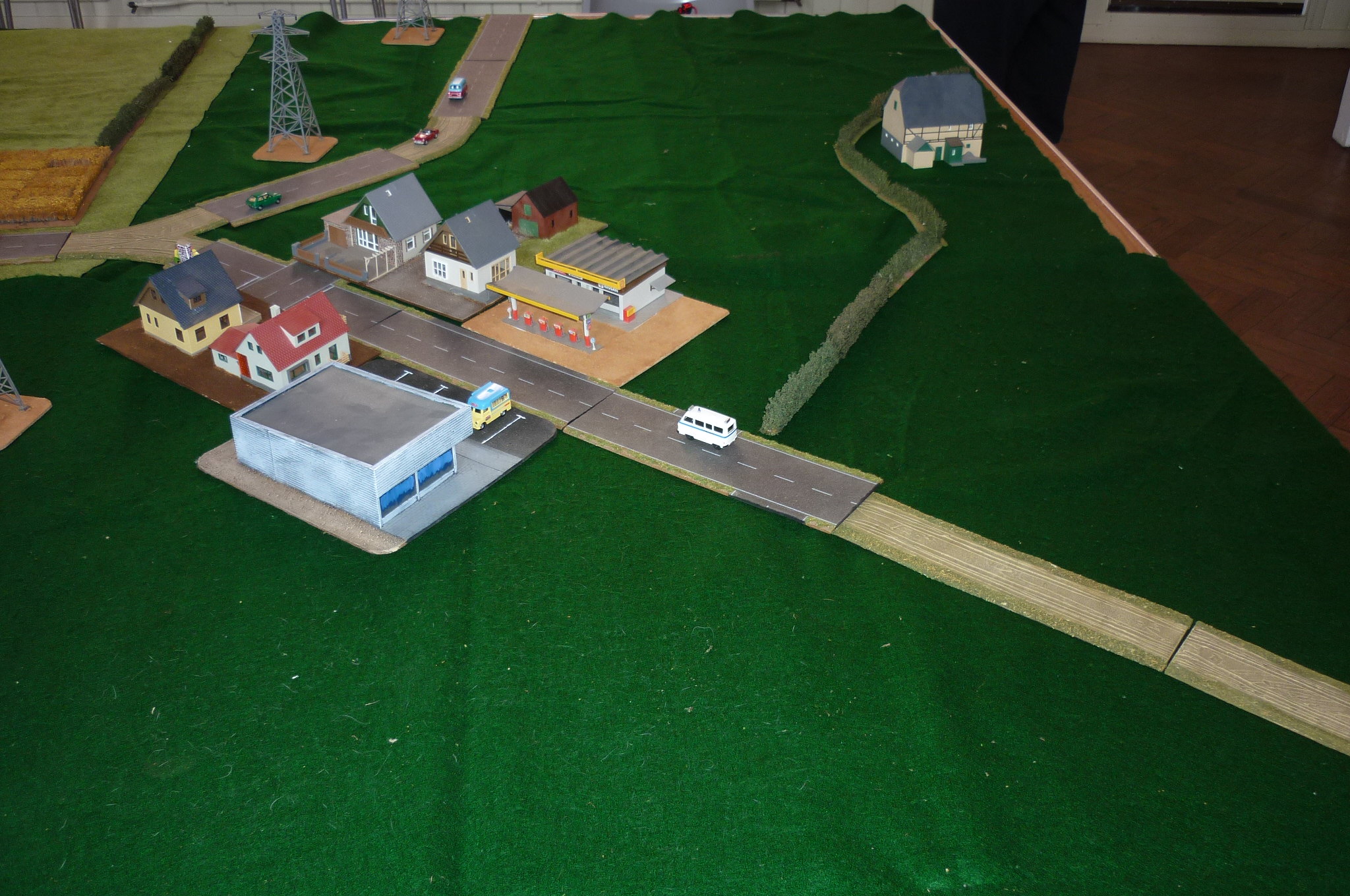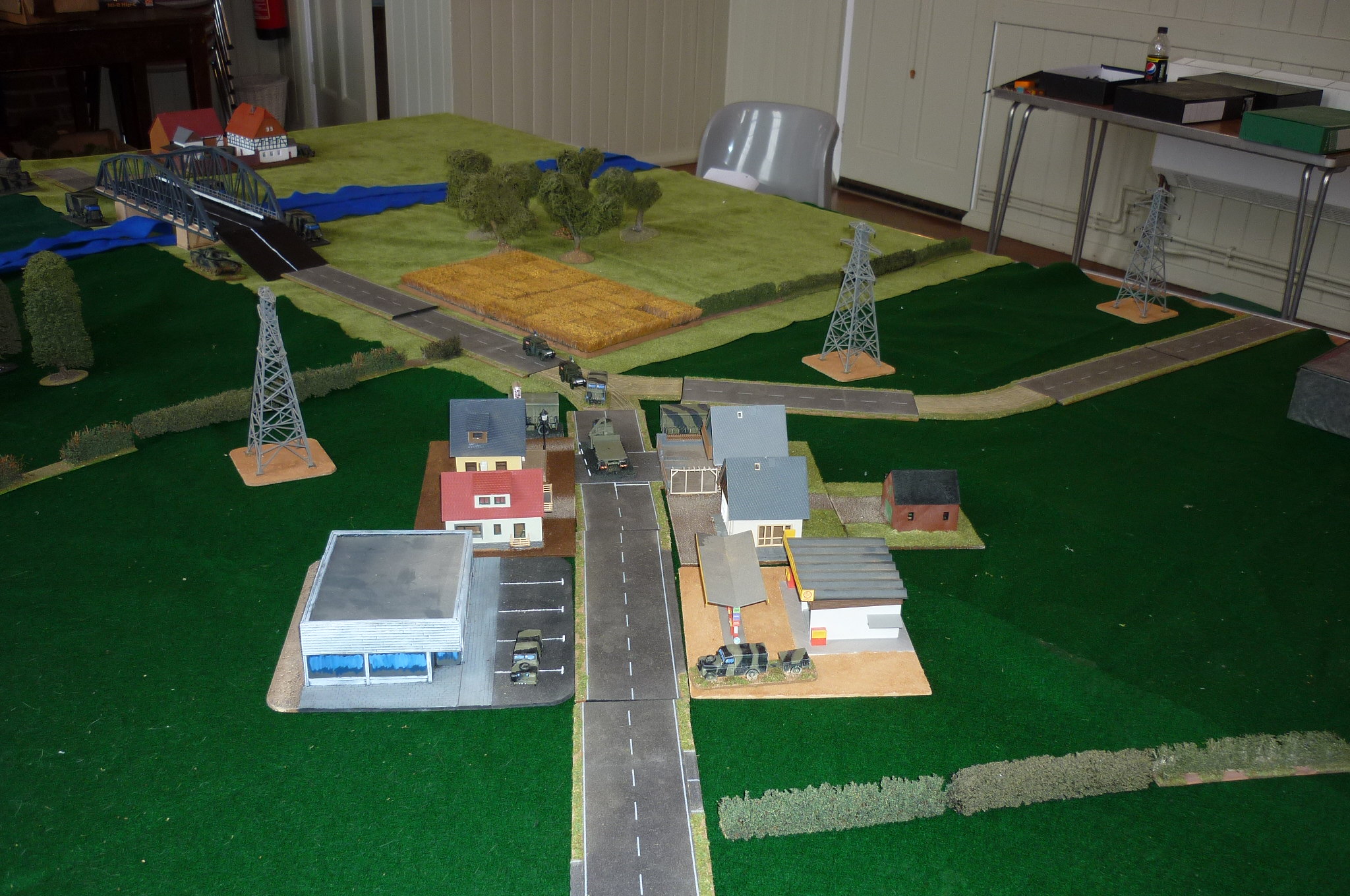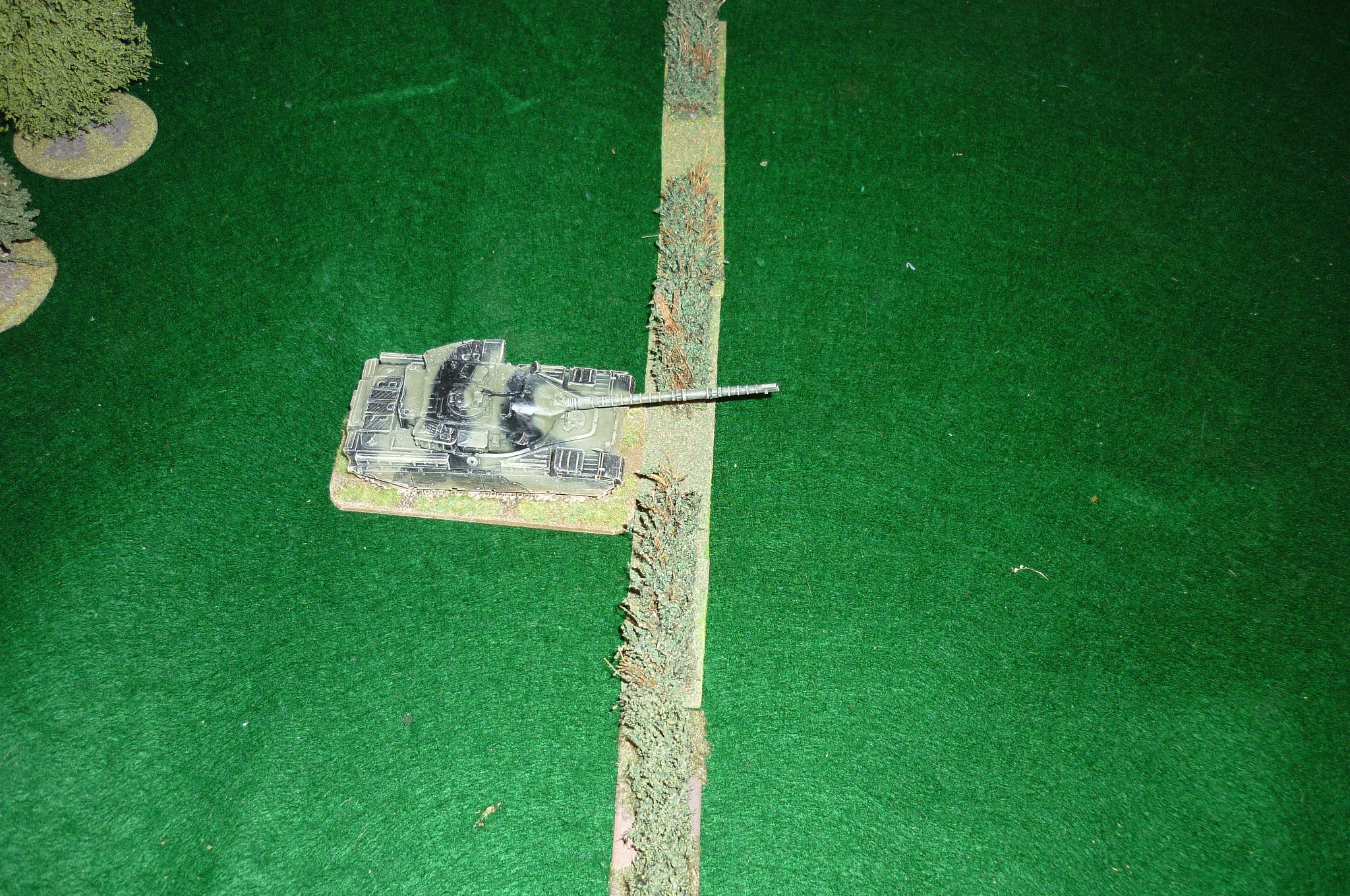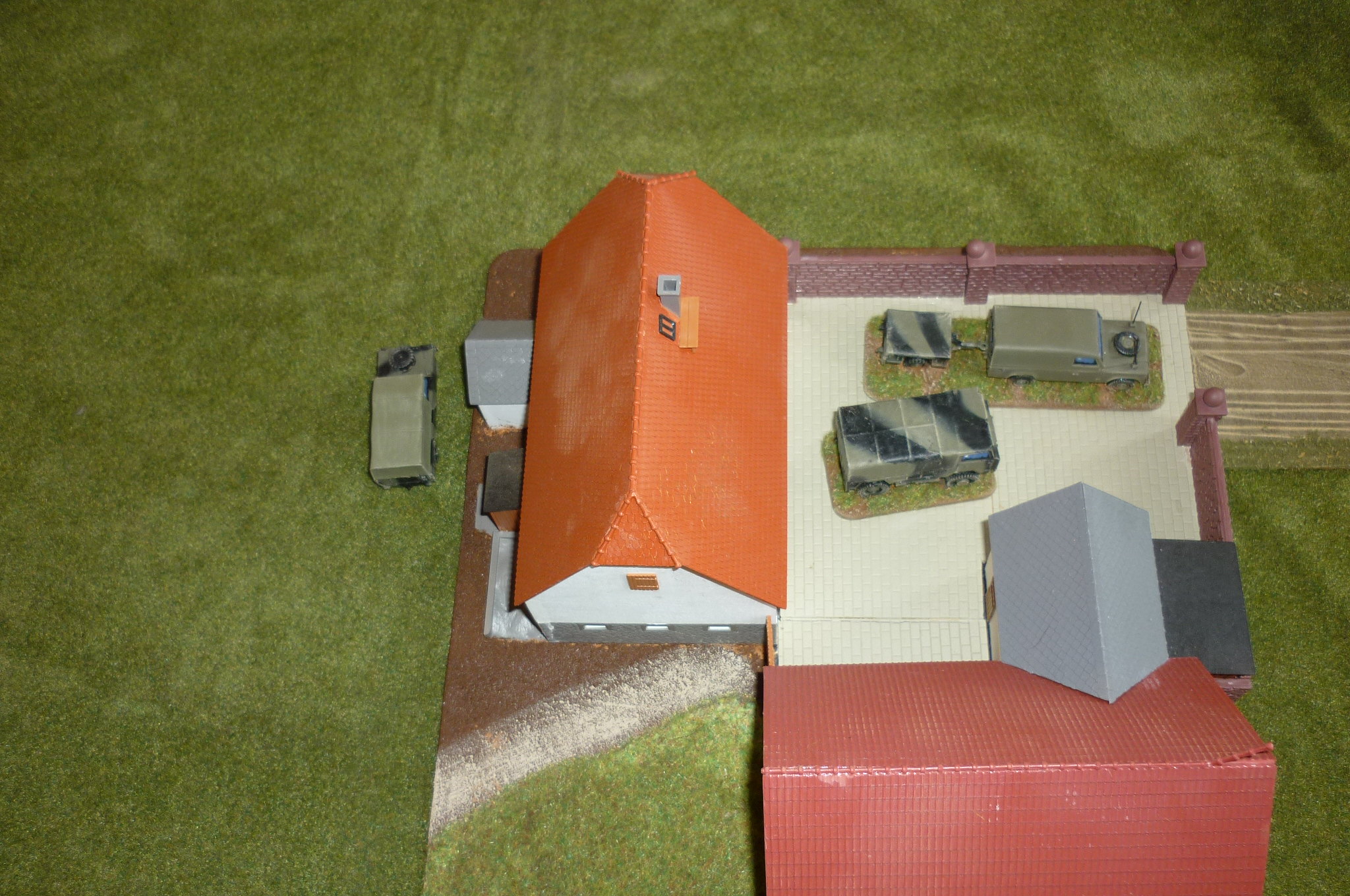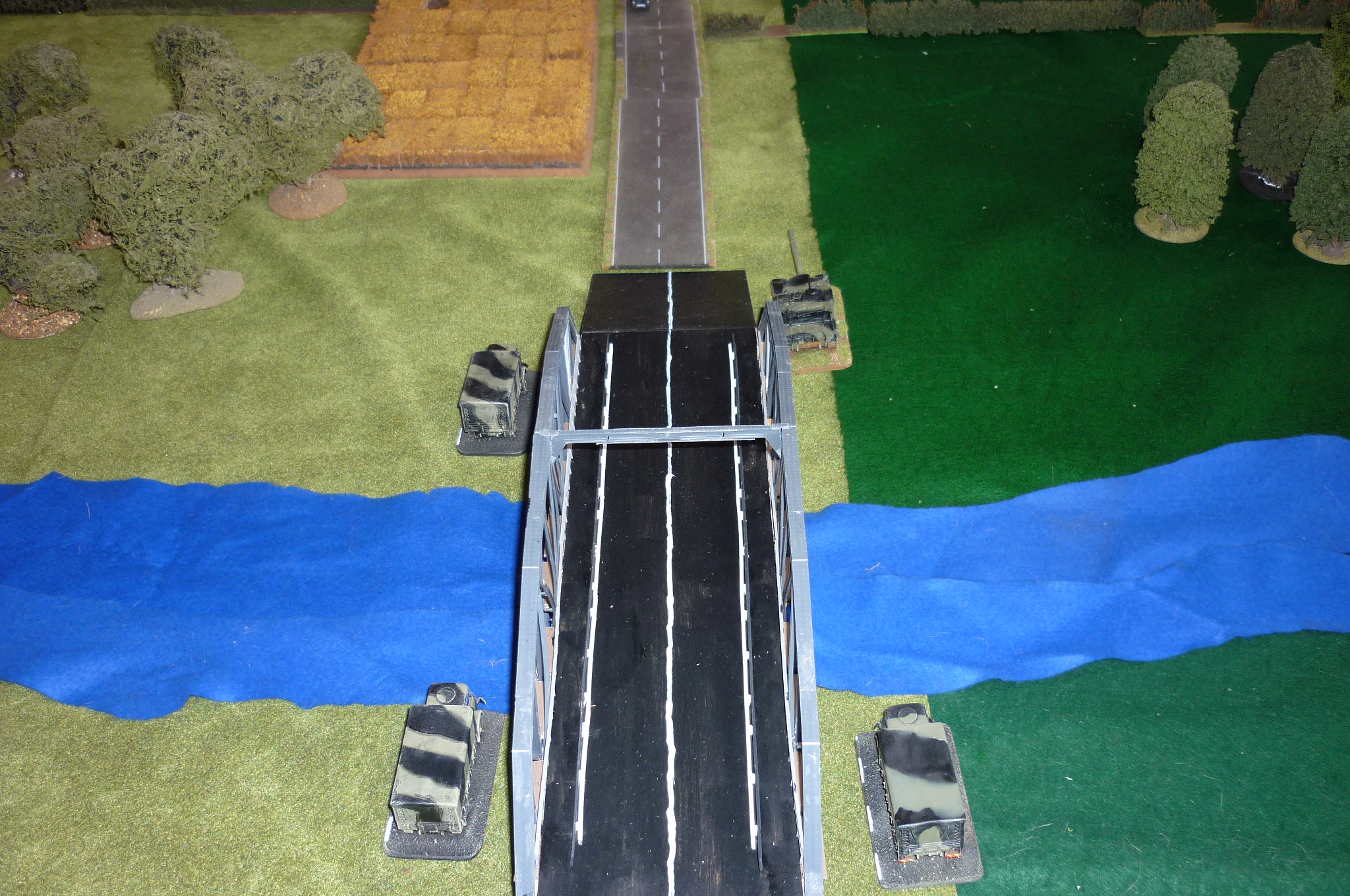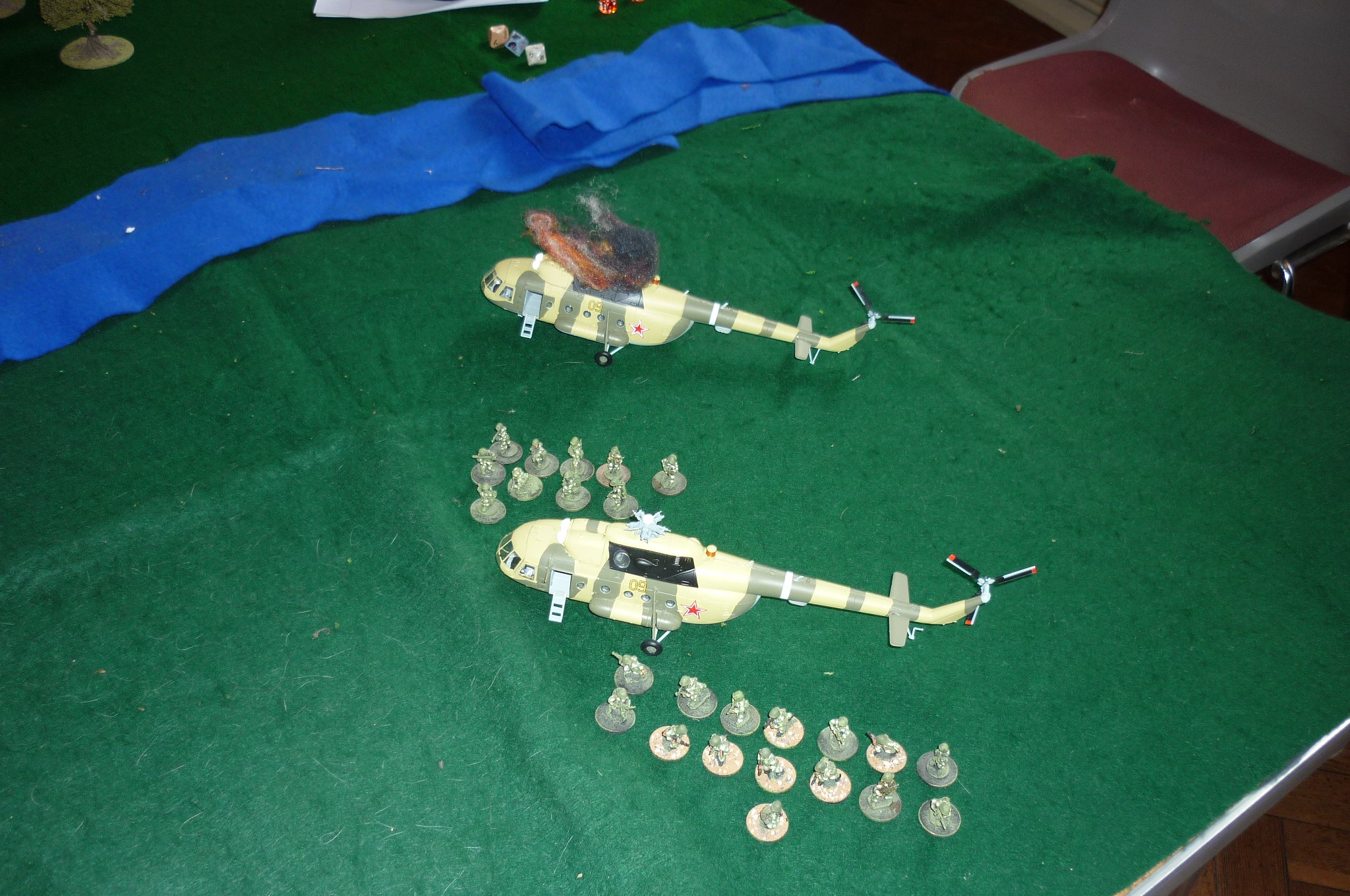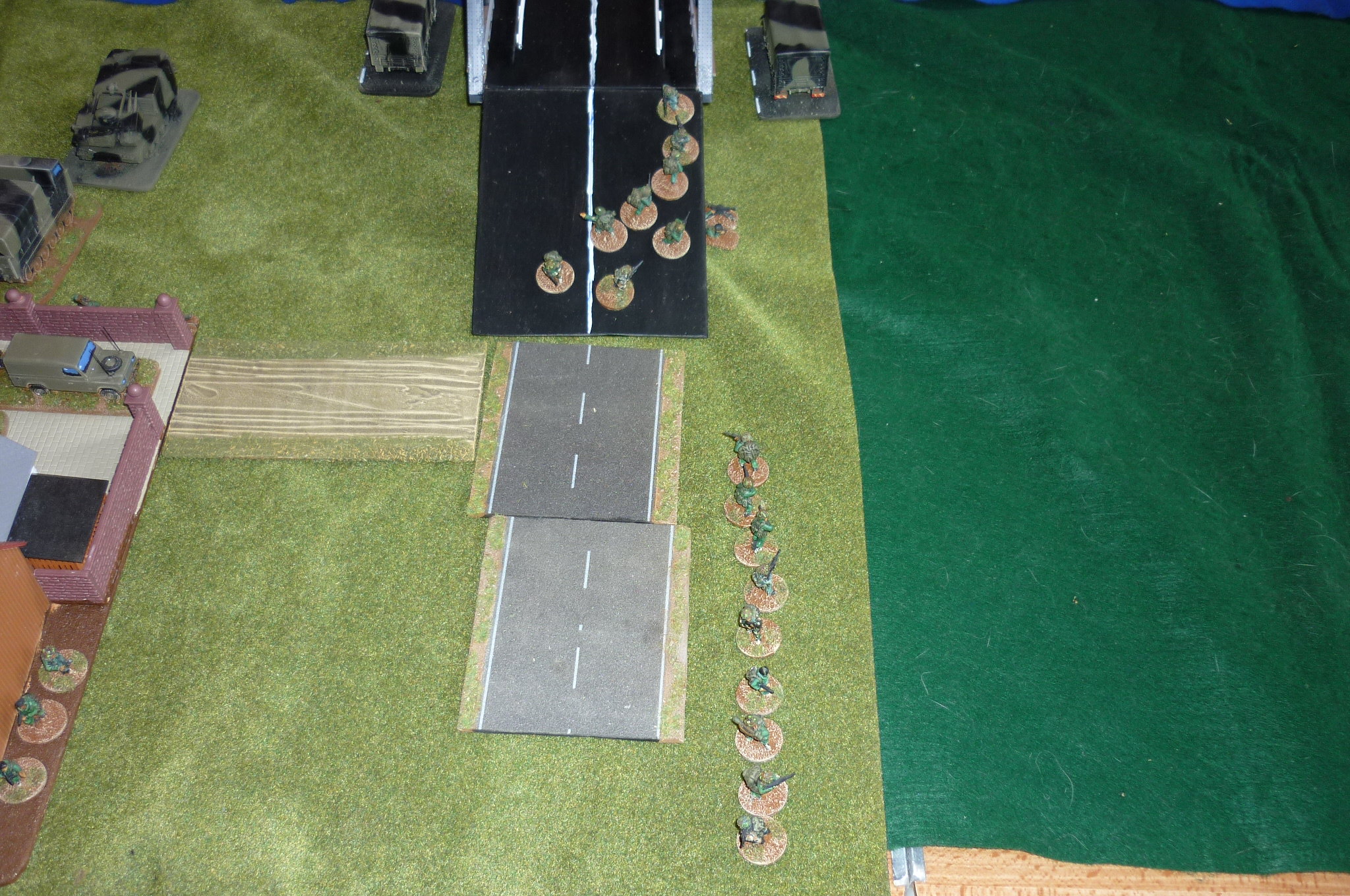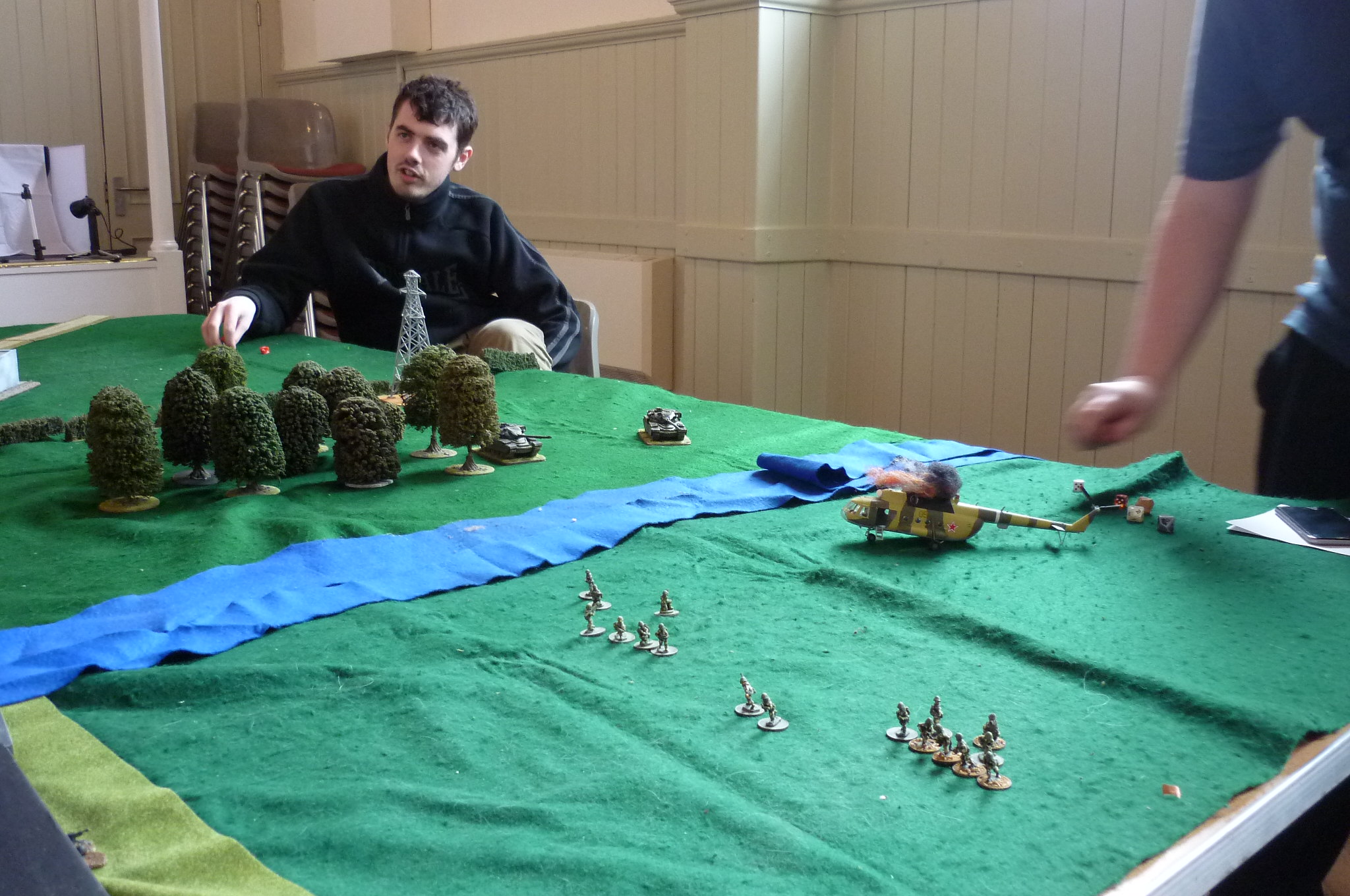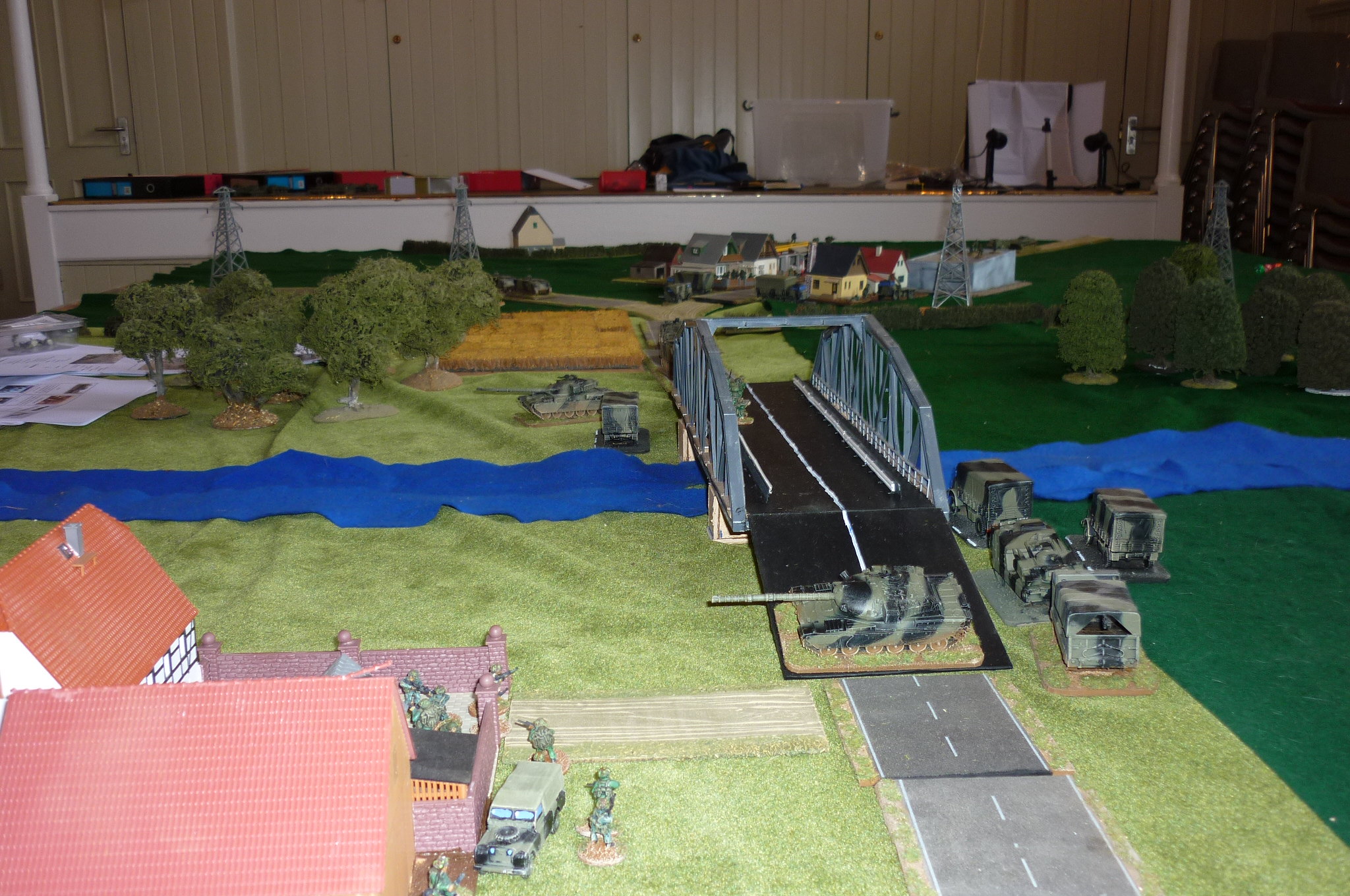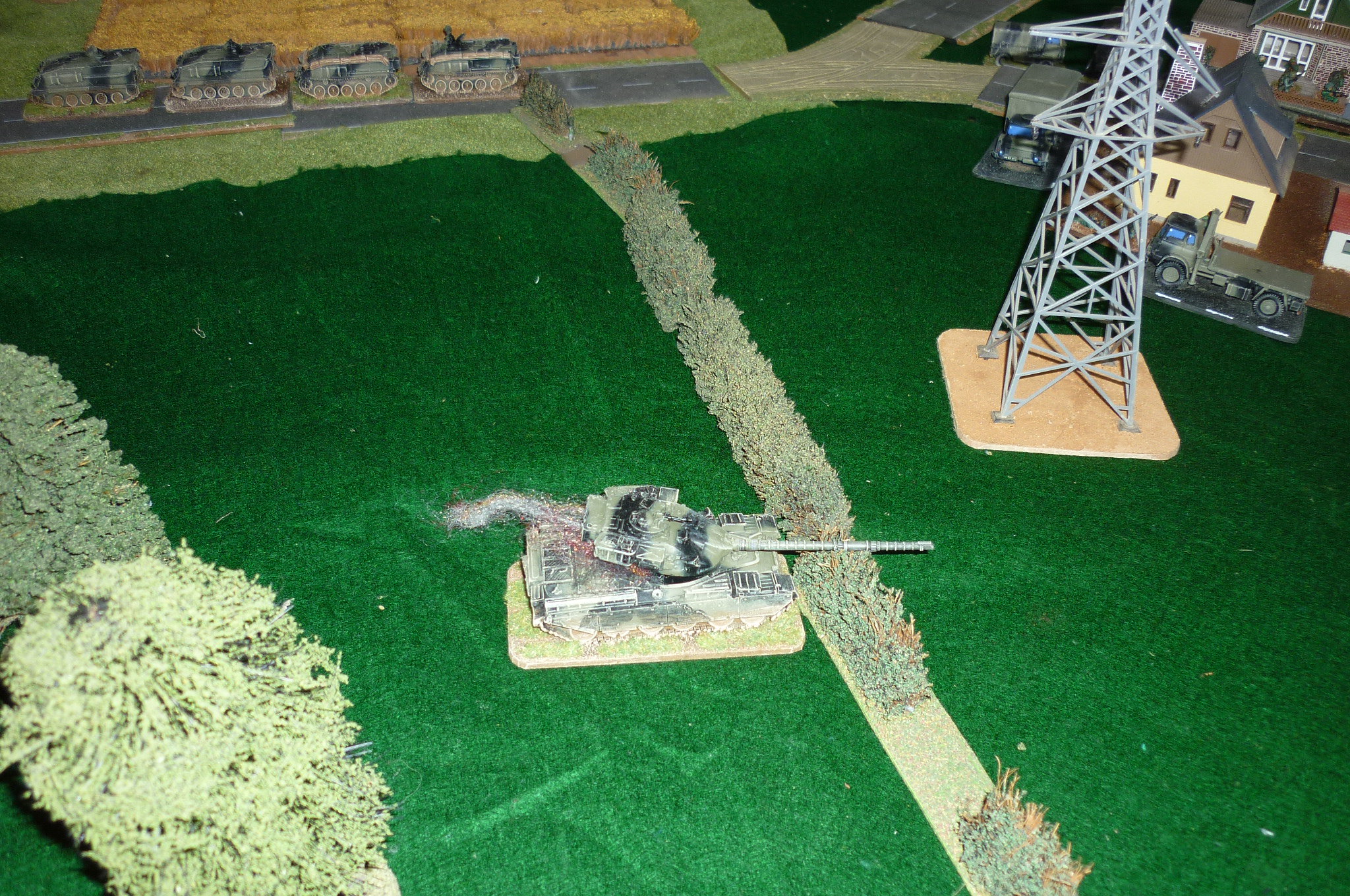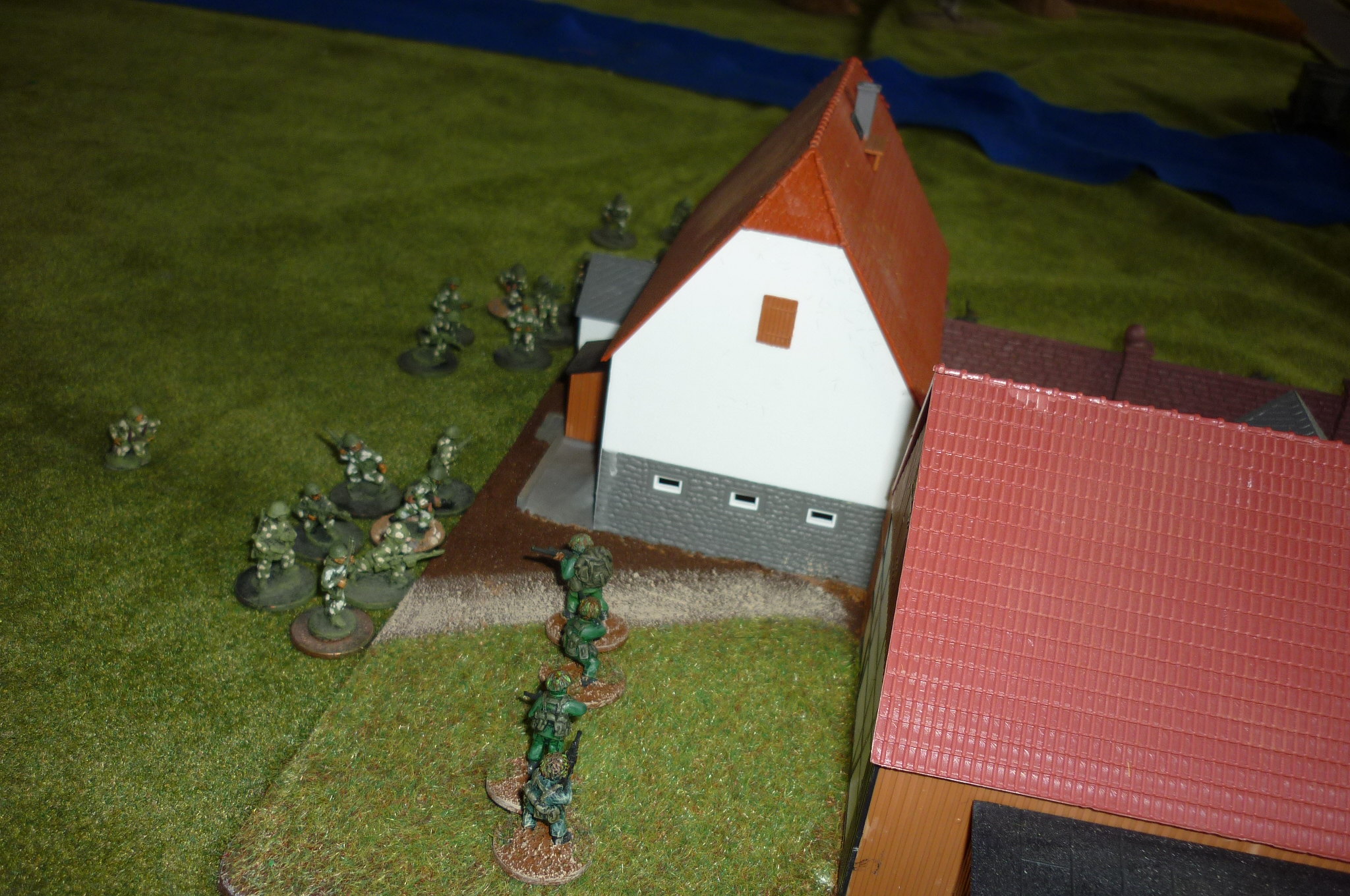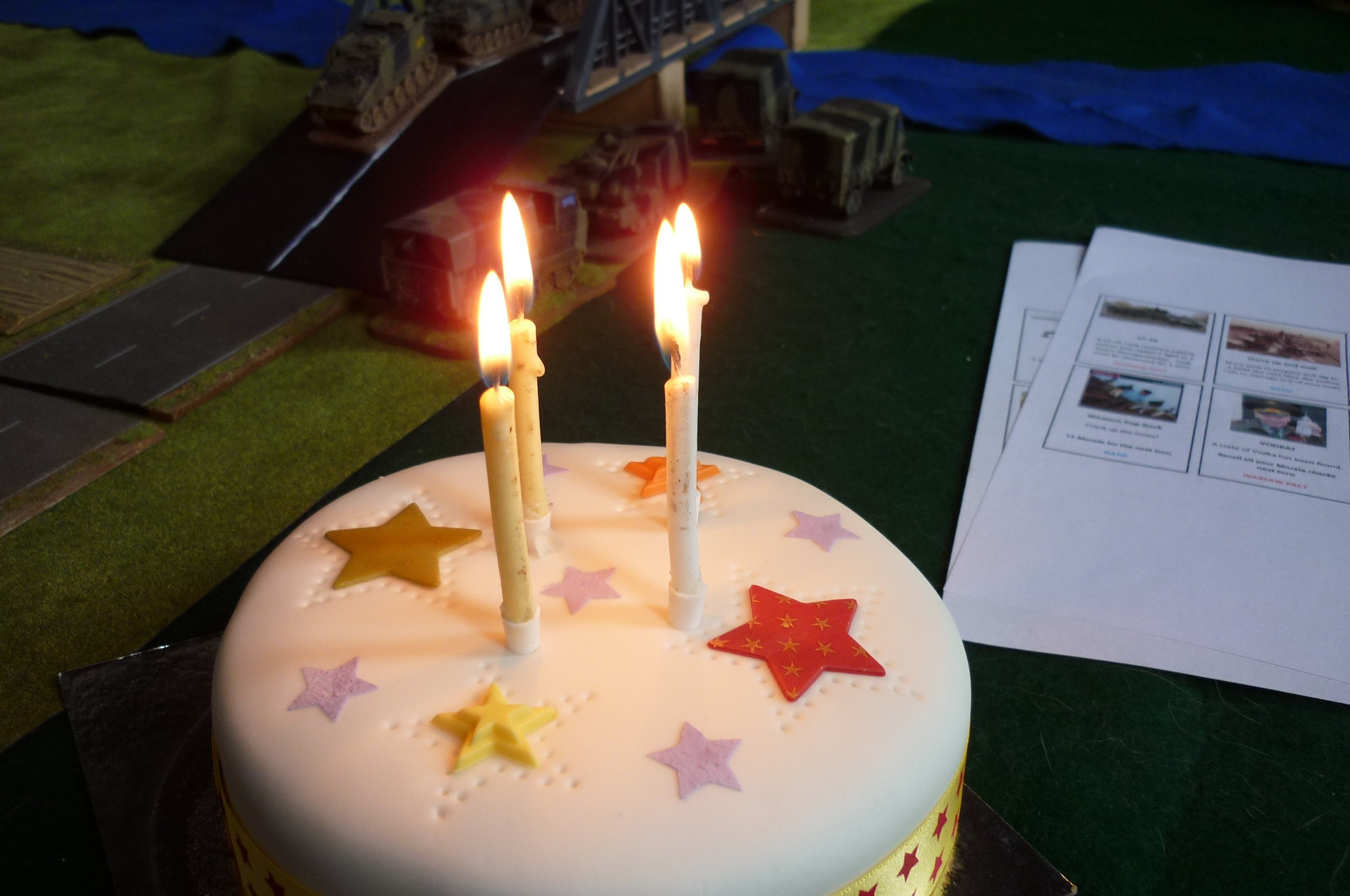Canadian Airborne Regiment on a Training Operation
by Harold Skaarup
In our present time, there are
often politically short-sighted reasons that a number of countries feel their
military forces and defence networks do not need to be maintained. There is no quicker way to increase the
vulnerability of your “fortress,” than to let your military arm be depleted to
the point where it will be ineffective when you need it. Those who do so will clearly find their
homelands unsafe and insecure, and highly vulnerable to attack – and there will
always be some group or other who hopes to gain power over the weak. Paratroops are only one of many links in an
army’s necessary suit of chain-mail. It
is the spirit, élan and professionalism of these kinds of dedicated soldiers
that will ensure a successful outcome to a defense or attack. To let such people be lost to the exigencies
of political expedience is to diminish the chances of survival for the nations
who make such decisions.
To understand how such men and
women can be employed when conducting a modern operation, I would like to
mention a typical exercise carried out by members of the Canadian Airborne
Regiment during a training mission long before the
regiment was disbanded. I would imagine
that a number of similar preparations and plans have been made for operations
ongoing even now around the world.
A typical airborne operation
begins with the Commander’s Orders Group (O Gp). The Lockheed CC-130 Hercules aircrews, the
Company/Commando Commanders and all support staffs are briefed on where, when,
and how the operation will take place.
The objectives are defined, the drop points selected for the first group
of pathfinders who will go in to mark the drop zone and a plan presented on how
it will be defended etc. Men and
equipment are “cross-loaded.” The
loading is planned and mounted to ensure that not all the personnel from any
one unit are placed on the same aircraft.
This is to ensure that if an aircraft breaks down or crashes, there will
be enough troops spread out among the other aircraft to enable the survivors to
continue the mission. For example, the
mortar platoon is split into two fighting elements; the tube-launched,
optically-tracked wire-guided anti-tank missile (TOW) platoon is split in two
fighting teams; even the Intelligence platoon with four people went on three
different aircraft; the regiment’s commander is on one aircraft and his deputy
(the DCO) is on another etc.
As members of the Headquarters
and Signals Squadron Intelligence platoon, we built terrain models and
assembled maps and briefings to cover the objectives. In preparation, the Company Commanders would
gather their Commandos (about 250 to a Company, about 650 to a Battalion, close
to 2000 for a Regiment) together for a collective briefing on the operation to
come. Each unit Commander would brief
his individual Commando/Company with all 250 men seated in front of the terrain
model.
Every man is required to know
every detail of the plan, because if some of them don’t make it to the
drop-zone or the objective, others will have to fill in the gaps or carry out
alternate plans. Some will have the task
of covering the drop zone with heavy weapons, some will be designated to take
out guard towers, sentries, control and access points, while others cover the
entrances and exit or extraction points.
Some will destroy buildings, aircraft, fuel and supply dumps and power
sources, others may be designated to take prisoners, release hostages, carry
out medical evacuations (Medevac) etc.
If it is to be a combat extraction, the operation on the ground will
last no more than two hours. Every man
participating in the briefing is expected to understand the plan, and if only a
few get through, the plan still goes ahead.
For a night drop, the
Battalion turns up at the “nose dock” (a hangar big enough for the entire front
end of a Hercules except for the tail), early in the evening, with their
small-arms (rifles, Karl Gustav and M-72 anti-tank weapons etc.), rucksacks and
equipment ready to go. The order to get
dressed is given, and the buddy system is applied as each paratrooper dons his
parachutes and mounts his rucksack and any special equipment he may have to
carry (extra mortar rounds, fuel, water, extra ammunition, radios and so
on). Each jumper is then checked by a
rigger, who examines the paratrooper's main and reserve parachutes, rigs his
static-line and after his inspection is complete, declares him ready to go
(usually with a solid slap on the butt of the jumper’s parachute harness and
container). When all are dressed, the
senior jumpmaster (JM) or his deputy will then order, “Listen up for the JM
briefing.” He will then brief the sticks
of men who have been prepared for their specific “chalk” load on the jump
procedures appropriate to the type of aircraft they are using, such as the
Hercules or Buffalo transports or Griffon helicopters, and one where, when and
how the drop will take place, at what altitude, the likely wind conditions and
potential hazards they may encounter on the drop zone, and a reminder of
emergency procedures in the event of a hang-up (being towed behind the aircraft
if the static-line doesn’t separate etc.)
The JM will then complete his orders by stating, “You have now been
manifested and will jump in accordance with these orders and instructions,” at
which point all will shout “HuaaH!” in response.
For a 12-plane drop, we have
used fourteen Lockheed C-130 Hercules aircraft standing by with the props
churning (two are back-up aircraft in case any break down or otherwise become
unserviceable). The order to embark is
given, and you may imagine the picture of long lines of double rows of men
marching out across the tarmac runway to board twelve separate aircraft. (Actually, waddling would be a better
description than marching, as they are heavily weighed down with parachute
equipment and their rucksacks mounted in front). The Pathfinder reconnaissance team will have
flown out earlier, as they will be jumping in freefall from a higher altitude
(about 10,000’ to 12,000’), and their rucksacks are mounted behind them. Their primary job is to mark the drop zone
and to secure it with their weapons.
Once onboard the aircraft, all
put their seatbelts on, white lights are extinguished and the interior aircraft
red lights are turned on to preserve night vision. The aircraft all taxi out in a long
convoy-like line, and take off in “trail” formation. To prevent one long line of continuous
targets presenting itself over the drop zone, the entire flight of Hercules
transports is split into four separate flights of three, which will approach
the dropzone from different directions each flying in a finger-three formation.
Each separate flight of
Hercules will proceed to fly cross-country at a very low level until just
before the run-in for the drop, and then ramp-up to the pre-determined jump
altitude (1000 feet to 1,200 feet in training, 650 feet to 700 feet over
hostile terrain).
About ten minutes before the
drop takes the jumpmaster (JM) on board each separate aircraft will issue the
first of a sequence of commands, beginning with the attention-getting words,
“Look this way!” Each paratrooper is
anticipating this command and is particularly “focused” at this point, and on
all succeeding commands given by the JM, which are shouted back, word for word,
to ensure no one has missed hearing them.
The next command shouted out by the JM is, “Seat belts off!” Every paratrooper reacts and complies in a
coordinated and concerted action, and when ready, turns in his seat to face the
JM again.
The next command is, “Stand
Up!” at which point each jumper stands up and then removes his static line snap
from where it had been stowed by the Rigger in an elastic band on his reserve
takes one step towards the heavy steel static line cable strung overhead and
holds the snap up to the cable and prepares to hook on. On the command, “Hook Up!” – the jumper snaps
his static line onto the overhead cable which runs the length of the aircraft’s
interior, and slides it to the rear for the person behind him to double check,
at which point the JM shouts “Check Static Line!” Each jumper examines the snap and static line
of the person in front of him to see that it is secure, then he traces a path
with his hand down the yellow nylon cord to the back of the parachute on the
man in front and tightens up the slack in the elastic bands holding the
remaining static line stows in place.
The second last and last men in the line make a half turn so they can
check each other.
The next command is, “Check
your equipment!” This is when a jumper
takes the opportunity to move his testicles and other private parts out from
underneath the leg straps and double checks every snap and strap from helmet to
equipment that he is wearing. The JM
then double checks the snaps and kit of every single man in the line, then
returns to his position near the exit door and shouts, “Sound off for equipment
check!” Starting with the last man, each
man shouts out in succession, “1 OK, 2 OK” and so on, with the last man
standing closest to the exit door pointing to the JM and shouting, “All OK,”
when all have sounded off. About this
time the red warning light over the jump door comes on. The JM and his deputy slide the doors up on
each side of the Hercules, and stamp on the jump steps to ensure they are
secure for “double-door exit.” In some
cases the rear ramp may be lowered instead.
By now the three Hercules in
each formation are in the process of moving from a line astern or “trail”
formation into the finger-three formation.
It is a spectacular sight if your are number one on the ramp of the lead
Hercules watching the other two aircraft lined up behind you as they slide over
to the left and right wings parallel with your aircraft.
The JM shouts, “Stand By!” and
all jumpers step forward, sliding their static lines with them. When the green light flashes on, the JM
shouts “GO!” At this moment each and
every paratrooper immediately steps forward in a one-two movement (known as the
mambo step), and as he reaches the door or the end of the ramp, he throws his
static line forward, stamps down hard on the jump step to get a good “launch,”
and exits smartly out the door, head down, feet together, hands on each side of
his reserve, ready for the worst, hoping for the best, sounding out the count,
“1,000, 2,000, 3,000, 4,000, 5,000, check canopy!”
The heat and the prop wash
from four churning propellers hits the jumper just as he drops below the
aircraft and the big round green T-10 parachute seems to explode off his back
(many times harder than the gentle openings one experiences from a helicopter
jump). The tightened harness straps keep
him from being squeezed the wrong way, and after his count he will immediately
look up to check for a properly open canopy.
It is extremely rare that it does not open properly, primarily due to
the Canadian invention of netting that runs around the skirt of the canopy
which prevents partial malfunctions. The
jumper then quickly grabs his rear risers and begins looking sharply around him
all directions to watch for other jumpers and to avoid a canopy collision. If necessary, he will slip in the opposite
direction by pulling down on the pair of suspension risers in the direction he
needs to steer. If it is as dark as the
inside of a monkey’s nether end, he will look, listen and feel for the wind on
his face to get an idea of which way it is taking him. If it is a moonlit night, he will watch for
the wind blowing along the grass or snow which looks like waves of fur
fluttering along the back of a woolly bear, to get an idea of where to land and
what obstacles to avoid.
About 300 above the ground,
each jumper lowers his rucksack by pulling a special release tab, which lets it
drop to hang about 15 feet below him. It
will swing somewhat, but if it is really dark, he will feel it thump first and
have some warning of when he needs to prepare to make contact with the
ground. He keeps his feet and knees
together and his elbows in tight as he prepares to hit and roll, arcing his
body in the direction he is swinging and hopefully not landing too hard or on
anything sharp.
Once the jumper has completed
his “parachute landing fall” (PLF) on the ground he has to quickly deflate his
chute to keep from being dragged by pulling on of the risers towards himself,
then quickly undo his reserve, punch his quick release system to get out of the
harness, and very quickly extricate his weapon.
If it is his rifle, he may have to remove it from his snowshoes, and if
it is a Sterling Sub-machinegun (SMG), from under his reserve. To reduce his outline as a potential target,
the paratrooper keeps low to the ground as he gathers the chute and stuffs it
into the built-in bag it comes with, then dons his rucksack and he prepares to
move off the Drop Zone to meet the rest of his section at a pre-determined
rendezvous (RV) point. At all times he
must keep a watchful eye out for other jumpers and their equipment as they
descend above him from the following waves so they don’t land on him,
particularly if they are dropping a platform with one of the Regiment’s
Airborne Artillery Battery guns, or an M113 A & R Lynx armoured
reconnaissance vehicles, M113 armoured personnel carriers (APC), or a TOW
missile mounted on a jeep.
Each Commando team is watching
for the pathfinder’s markers. A soldier
may have to wave a small blue, green or red light on a pole for a few seconds
every few minutes to guide each group into their RV point if it is really
dark. If there is moonlight, the jumper
can use his compass to get to an observable RV.
As soon the majority of each assault team is in place, they move on to
the objective. Time is of the essence,
and it is very hard to recover when it has been lost. In a hostage-freeing scenario, the terrorists
are hit according to the plan. Sometimes
changes have to be made on the spot, and paratroopers have a ready instinct for
an alternate but workable plan when necessary.
In this exercise, the enemy force was taken out or neutralized, the
hostages were freed and collected along with the wounded, and all injured were
brought to a pre-planned collection point.
If it is a long-range
operation, the paratroopers walk out. If
it is a combat extraction operation, all assemble at pre-determined points on a
designated runway. Each aircraft will
roar in to land, and taxi to the end of the runway lowering its ramp as it
reaches the turn-around point to prepare for take-off. In the few seconds the non-stop turn around
takes place, each stick will re-board an incoming aircraft. When the Hercules has turned 180° and is
facing the opposite end of the runway, the ramp is raised whether all are on
board or not, and the aircraft takes off.
Each empty aircraft will take
a turn coming in until all on the ground have been collected. It gets trickier loading the wounded with all
due care and assistance, and no dead are left behind, so the body bags have to
be carried on board as well as the extra people including hostages and
prisoners. On this exercise, which took
place at CFB Borden, Ontario, more than 200 additional people were flown back,
while a number on the ground made their way to vehicles hidden off-site. In spite of the hasty activity, no one wants
to be left behind to hike 25 kilometres north to an alternate ground collection
point, and in this last mission, everyone and everything except those
role-playing the enemy force was onboard the tenth aircraft to land, leaving
the last two pilots severely annoyed because they still had to practice their
rapid extraction skills minus live bodies on the ground to load.
While airborne on the flight
back, medics were very busy working to plant IV s, treat the wounded and manage
triage. Everyone helped out. Within an hour or two, all were back on the
ramp at CFB Petawawa, and very shortly afterwards slid into a debriefing room
to go over what has been collected and what took place during the
operation. We will have gotten in, done
the job and gotten out, as close to schedule and plan as possible. We will also have proven once again, the
Airborne gets the job done.
Ex Coelis!


